Laowa 20mm F4 Shift Lens Review
Dustin Abbott
March 28th, 2022
Laowa (Venus Optics) has never been afraid to take on challenging lens designs. It is hard to find a “conventional” lens in their lineup, as every lens has some kind of unique twist to it. Macro at very wide angles or extremely high magnification levels, a design that emphasizes zero distortion in a very wide focal length, a ridiculously wide reticular zoom lens, a smooth trans focus telephoto, and, perhaps strangest of all, a probe lens that looks more like a rifle. None of these are easy lenses to design and engineer, and yet Laowa has built its brand on taking on difficult challenges and largely pulling them off. I admire them for this. One of those challenges they have tackled is the building of shift lenses. It started several years ago when I reviewed their Magic Shift Converter, a unique device which leveraged the space provided in an adapter from a Canon EF or Nikon F mount to a Sony full frame mirrorless mount to incorporate ten degrees of shift into the lens. I actually purchase a Laowa 12mm F2.8 Zero D lens to pair with the MSC for shooting interiors and architecture on Sony, as it allows you to get amazing results with the resulting 17mm F4 Shift lens. They followed that up with a dedicated wide angle shift lens – the Laowa 15mm F4.5 W-Dreamer Shift lens, which I reviewed here. About a year later they are now launching a second dedicated shift lens in the form of the new Laowa 20mm F4 C-Dreamer Shift, which features the ability to shift ten millimeters (1 millimeter less than the 15mm F4.5) in either direction. The Laowa 20S (as we’ll call it for brevity) will be available in even more mounts, including Canon EF/ RF, Nikon Z/F, Sony E, Pentax PK, Fuji GFX, and Leica L mount. I’m doing my review on a Sony E-mount copy, and on Sony there are very few shift options. I suspect that’s true on most other platforms, but obviously the value relative to the competition (if there is any!) is going to vary from platform to platform, so you may need to draw some of your own conclusions depending on your camera system of choice.
Shift lenses are very useful in a number of settings. One significant one is that they allow one to adjust the lens in such a way to offset the inevitable “keystoning” effect that comes when you try to compose images to include the details you want. Things like trees and buildings lean towards the center, and often your resulting image looks little like the scene did when you viewed it. I took this image on a South Carolina plantation and wanted to capture the amazing oak with the Spanish moss hanging from it, but the byproduct of tilting up the camera with the wide angle lens that I happened to have along resulted in a comical amount of lean on the kitchen building on the right side of the frame.
A shift lens like the Laowa 20S overcomes this by allowing you to physically move (shift) a section of the lens up to 10mm in either direction (with 360° of rotation) to allow you much more control in properly aligning lines. I was documenting part of our construction project on our new church building, and, though I was pointing the camera up in a similar fashion, I used the shift function of the lens to produce straight lines even with the upward tilt of the camera sensor.
One of the chief advantages of these dedicated shift lenses from Laowa is that (unlike the MSC and 12mm combination), you can get the lens in the native mount of your camera (more on that in a moment). The second advantage is in size and weight. The MSC weighs 360g, so, when combined with the Laowa 12mm F2.8 (609g), you end up with a combination that weighs nearly a kilogram. The Laowa 15S weighs in at 597g (1.3 lb), and the new 20mm F4 shift is a little heavier at 743g by my measurement in the FE mount. Heavier, but still lighter than the combination package…and smaller.
Obviously the 20mm focal length is less extreme (94.4°) than the 15mm focal length of the previous lens, as that lens achieved a very wide 110° angle of view. Both lenses have slightly different purposes. 20mm is a more natural focal length for getting wide angle shots but without the extreme sense of empty space/exaggeration that the wider focal length provides, though 15mm will obviously be very useful when trying to frame either tall buildings or interior spaces where a greater sense of space is desirable. Let’s illustrate the point…and give the workaround.
Here’s a look at a bathroom shot that real estate agent might take to use in a listing for a house. Here it is at 20mm from the new Laowa 20S:
I shot the same space with the 15mm Shift lens a year ago:
The 15mm obviously gives a wider perspective with more context of the room. But because I have the ability to shift the lens, I could also have the option of taking multiple shots and combining them in post. This actually gives me 117° of perspective…and arguably the nicest looking result.
Yes, I could do the same thing with the 15mm lens and get an even wider perspective, but some people may prefer the 20mm angle of view, and the shifting ability allows one to still capture very wide images. You could take this a step further, in fact, and also shift up and down at various angles and end up with a shot like this that includes both the width and the height of the room:
I think this really illustrates the options that a shift lens opens up to a photographer, and this is the kind of lens that should be considered indispensable for someone who focuses on architecture and interiors. It’s also worth noting that you get a little brighter maximum aperture here relative to the 15mm lens (F4 vs F4.5).
Laowa has priced the 20mm F4 shift at $100 less than the 15mm F4.5. You’ll pay $1099 USD for the lens, which is expensive, but first party shift (or tilt/shift) lenses are typically at least $1000 more. Unless your job is real estate or architectural photography, however, there’s a good chance that a shift lens is going to be a niche item for you. Getting a competent shift lens at half the price is very likely to be appealing to many.
So should you consider this new lens from Laowa? You can answer that question by checking out my detailed video review or reading on below:
Follow Me @ Patreon | My Newsletter | Instagram | Facebook | DA Merchandise | Flickr | 500px
Thanks to Laowa for sending me a loaner of the lens. As always, my review is done without any external bias or pressure. The tests and most of the photos that I share as a part of my review cycle of the 20mm F4 Shift have been done with the Sony Alpha 1 which will serve as my benchmark camera for the foreseeable future (my review here).
Laowa 20S Build and Handling
Laowa lenses have always had a very high grade of build, and the 20mm Shift lens is no exception. As noted, the construction is all metal and glass, and it has a satisfyingly dense feel to it.
I’ve reviewed a third party Tilt/Shift lens before (Samyang 24mm F3.5) and was less than wowed by its construction. Shift (or Tilt/Shift lenses) have a lot of additional knobs and levers, and some of the ones on the Samyang felt plasticky and didn’t inspire confidence that they would hold up for the long haul. There’s no such issue here, as everything is made of high grade materials and feels like it has decades of usability built in.
To this point Laowa has developed only manual focus lenses, and while that’s true here, too, it’s not much of a liability as Tilt/Shift lenses are by nature manual focus only (the lens literally moves apart!). There’s a rumor that Canon is bringing autofocus T/S lenses to RF, but as of the moment, manual focus is the only game in town. One typically doesn’t use shift lenses in a rush anyway; I view these as being lenses one uses deliberately and most often from a tripod. The focus ring is closest to the front of the lens, and in the spirit of most all Laowa focus rings, it moves beautifully with excellent damping. There is about a 115° of focus throw (less than the 15mm). Focus can be a little bit challenging on a DSLR, so I recommend using Live View focus and magnifying the image. On mirrorless it is a bit easier, but I still prefer to magnify the image as much as possible to verify accurate focus. I found focusing a little more challenging than usual here, mostly because focus overlays tend to show everything in focus…even when it really isn’t. Magnifying the image in the viewfinder also doesn’t increase the detail high enough to make fine determinations of what it is and is not quite in focus, so I did end up with some results that weren’t well focused, like this:
This is a lens that familiarity will help a lot with. For landscape images, like above, it will be easy to prefocus before taking the shot when you know from experience where focus should be set.
While the 15S did not have a lens hood or the ability to use traditional filters, the less extreme focal length of the Laowa 20S allows for both. Traditional screw in filters can be used in a large but common 82mm size.
The unique thing here is the lens hood. It is made of metal and finished to match the lens. Rather than bayonetting on, it has a locking knob on the side that you tighten after mounting it on the lens (align the red dot of the lens hood with a corresponding red dot on the lens barrel).
What’s unique, though, is that once the hood is mounted, you can grasp the front portion and rotate it. The need for this becomes apparent when you realize that the lens hood will cause some mechanical vignette in certain shift positions if you don’t rotate the lens hood, like this:
The ability to rotate the hood means that you can always find a position where it isn’t blocking the image and causing vignette. I appreciate having the protection, however, as the 15mm has an exposed bulbous front element that felt very vulnerable.
The other area of vulnerability of the 15S is shared by the 20s, namely the lack of weather sealing in the lens. This is an area that Laowa has yet to develop, and a lens like this could use some internal seals as there are so many moving parts and areas of vulnerability on it. The plus side (for this purpose) is that the lens doesn’t have any electronics, so there are perhaps fewer things that could be damaged by water or dust intrusion. Still, this is a lens that feels like it could really benefit from advanced weather sealing.
While I appreciate the fact that Laowa is supporting so many mounts in this lens, there is an element of compromise that comes with that move. This mix of mounts includes both traditional DLSR mounts like Canon EF and Nikon F along with a variety of mirrorless lens mounts. The problem is that DSLR’s have mirrors while mirrorless cameras…don’t. That means that their optical paths start at different places. It is this difference that has allowed for Canon EF mount lenses (for example) to be easily adapted to many mirrorless cameras via adapter. One of the purposes of the adapter is to move the optical path further away from the sensor so that the optical design of the lens continues to function properly (and you can focus to infinity still). A lens designed directly for mirrorless can put the optics close to the back of the lens (like normal) because it purposefully designed for a shorter “flange distance” to the sensor. Because this lens is designed for both types of mounts this means that it really has to be designed for a camera with a mirror, so in the mirrorless mount versions (like the Sony FE version I’m reviewing) there’s essentially a built in “spacer” to move the optics further away. You can see this not only in the physical design from the outside, but if you look in the back of the lens, you’ll find there is a full 40mm of space between the rear of the lens and the beginning of the optics. In short, that makes the lens larger and heavier than what it would be if it were purpose designed for mirrorless mounts only.
There are three different rings on the lens, and middle one is devoted to aperture. The aperture ring is pretty straightforward, with mild detents at the full stop points. They took a very different approach to the aperture iris, as the 15S had a low blade count of only 5, while the 20S has a very high blade count of 14 (rounded blades). I was pleasantly surprised that I continued to get very nice looking 14 pointed sunstars with nice definition.
My criticism of the aperture ring lies in the fact that it is positioned very, very close to the shift ring.
I’ve found on a number of occasions that my rotations of the shift ring have inadvertently resulted in the aperture being shifted as well…a fact I’ve sometimes not discovered until too late and had a few shots at an aperture value I didn’t want at all. This is heightened by doing this review in winter; wearing gloves is an imperative in subzero temperatures…particularly when you are handling a metal lens!
The front-most ring is the focus ring, as mentioned, and I have no complaints there. Laowa has long done a great job in creating excellent focus rings.
Shift lenses are going to seem a bit complicated to the uninitiated (T/S lenses are worse still!). There are about four different parts here that you won’t find on a traditional lens. The first is the third ring, which allows you to smoothly shift the lens 10mm in either direction. The shift action is smooth and precise, with just about the perfect amount of damping to it, though the weight will (obviously) be a little heavier when you are shifting the lens up. There are two metal plates on either side of the section that moves that allow you do see the scale of how much shift is being employed. There is a satisfying detent at 0 to help you know when you have returned to “normal” and no shift.
As you rotate that ring, the further portion of the lens will shift to the left or the right (or up or down, as we’ll see in a moment), to move the optical path in such a way that the keystoning effect (vertical lines leaning in) is removed.
You’ll see that there is also a locking knob there to help to hold a desired shift position. I found that I often didn’t have to employ that step, as there was enough damping on the shift ring to hold my desired position without need to lock things down.
The fourth ingredient here is a small metal lever near the base of the lens.
This allows you to rotate the entire lens 360°. This allows you the ability to use your shift capabilities for images composed in either portrait or landscape orientations. You can even shift on a diagonal axis for those rare occasions when that is needed.
The mechanical action of the lens is top-notch.
While it is was not a part of the package of my pre-release sample of the lens, it does seem that Laowa is producing a tripod support for these lenses that will be an additional accessory and attached near the plate shown above. Without having used it, I can’t say whether or not it will be an improvement to function, though function feels fine to me without it.
The Laowa 20S has a minimum focus distance of 25cm and delivers a maximum magnification of 0.17x, which is useful. You can see from my test shot above that the lens delivers fairly good performance up close as well (Laowa’s experience with wide angle macro serves them well).
The lens is 95mm in diameter at its widest point (front filter thread), though most of the lens is much slimmer), and is 91mm in length. 103mm in length (4.1″). The lens isn’t light at 743g (as tested), but feels very substantial and well made. What’s here is very nice and well executed, though I would like to have seen weather sealing on the lens, and, because there are no electronics in the lens, you also miss out on all the typical EXIF information you would ordinarily get about the lens designation, the aperture of the shot, etc… I feel like both of these are areas that Laowa needs to develop, as they aren’t developing cheap lenses where the lack of these things is easily excused. This is a $1100 USD lens, which certainly qualifies as premium in price.
Using the Laowa 20mm F4 Shift Lens
Using the Laowa 20S is fairly straightforward. With a typical lens, you cannot really avoid getting the typical “leaning” (keystoning) effect of aiming the camera up at a subject above you, like this:
Typically the only way you could avoid this is by moving up to a height where the sensor of the camera can level out and still get your composition. You can rarely do this, however, so your only option if you want things to be straight is to compose with the camera leveled out, like this:
At this point nothing is leaning (the point of this composition), but this isn’t the shot you wanted. The main point of the shot (the beautiful pine forest) is barely in the frame, and mostly what we have is just a lot of snow in the foreground. With a typical lens, we would just live with the lean. But a shift lens means that you don’t have to settle.
The shot above is the composition we would want before we employ shift. Your composition is about eliminating perspective distortion, and that means getting everything level (both the horizon and the tilt of the camera). Now that everything is level, you can use the shift function to move the lens up or down to include what you want in the frame. If you are below your subject (most typical), this will mean shifting up. If you are above your subject, this means shifting down. All of sudden you can have both the straight, upright lines that you want plus the desired composition, too!
This result is much more pleasing, as it has eliminated the “lean” while also giving me my desired composition. If I had tried to do that through software, I would have lost a good portion of the image due to trying to correct the keystoning, but, as you can see by comparing our final result with the original above, we’ve actually lost very little width to the image.
When photographing buildings from the street level, you will often have a problem with them “leaning away” from you, like this:
Shift works very well to restore the proper angle to buildings, however, allowing them to look more natural and imposing:
The Laowa 20S works equally well in portrait orientation, too. You can choose just how you would like the composition to be while preserving beautifully straight geometry.
As we saw earlier, a shift lens is really useful for capturing interiors as it gives you the ability to not only eliminate the keystoning (or distortion common to wide angle lenses) but also some flexibility as to how to capture the interior space.
One of my absolute favorite aspects of a shift lens is in getting getting great panoramas and vertoramas. Typically you get panoramas by “panning” with the camera. If you do this handheld or even on a tripod, you are introducing a number of different angles into the composition because the sensor is recording different perspectives. Even shooting from a tripod will result in something like the following when the images are composited together:
A lot of the final image gets cut to square off the edges, leaving you with a really wide image that has little sky or foreground included. You can also see some curvature of the horizon in this image:
But a shift lens allows you to leave the camera in one position and instead shift the lens along a perfectly level access in either direction. In this case, I took three images: one shifted 10mm to the left, the second without shift, and the final image shifted 10mm to the right:
If I go to combine these images in Lightroom, you can see that there is essentially no waste to the three frames at all even without the auto crop setting on:
I now have an exceptionally clean panorama that has low distortion, good detail, and is seamless because of having such a clean way of getting the images.
You can do the same thing by rotating the lens and getting images to combine into a “vertorama”. Here I have shifted up and down to get the three images:
I can then combine those into a vertical panorama to get a very cool shoot with tons of detail in the image. That is a massive 8698 x 11030 pixels – large enough for some serious prints!
Here’s another place where I’ve employed this same technique to get a killer end result.
Put simply, a shift lens just gives you creative options that an ordinary lens cannot. They are more work to use, yes, but they are very rewarding.
Laowa 20S Image Quality
So does the new Laowa 20S hold up optically? I used a 50 MP Sony Alpha 1 for these tests, which is obviously a high resolution test for the performance of any lens.
A typical wide angle lens carries a lot of distortion, but this is one of Laowa’s “Zero D” lenses, which means that it has next to no barrel distortion. I didn’t find enough distortion to correct in my tests. Vignette is a more typical Laowa fault, and the Laowa 20S is not exempt, though it does fair a little better than usual.
It has about two stops of vignette in the corners and required a +47 to correct it and I pushed the midpoint slider all the way to zero to make the correction more linear. Still, nothing unusual here. This is a better performance than many wide angle lenses, and perhaps the fact that they are also making this lens for the larger Fuji GFX sensor is to be credited here.
I was also pleased about the control of chromatic aberrations, particularly in what I consider the crucial setting for a lens like this – light streaming through windows into an interior space. You will often see terrible fringing in these settings (even on home improvement shows!). I looked through my test photos and found almost no fringing even in those critical high contrast settings. This shot from our construction zone was probably the worse that I could find, and there’s almost nothing there.
That’s a very important feature on a lens like this.
So how about resolution? Here’s a look at the test chart I use for these tests:
Wide open performance is similar to the 15mm F4.5. I would categorize it as good but not great, with decent contrast and acuity, but some haze on textures and a drop-off in corner performance (though not a huge one.) I think the 20mm is probably sharper in the center of the frame, though. Here’s F4 crops from the center, mid-frame, and edge:
This is probably the best performance of the three Laowa shift options (15mm F4.5. 12mm F2.8 + MSC) in terms of resolution, though.
Wide open performance is somewhat irrelevant to the kind of way I use a lens like this, however, as I typically use it on a tripod and focus on smaller apertures where I can get good sharpness across the frame and deep depth of field. Stopping down to F8 produces excellent center results.
Corner results aren’t as satisfying, though, achieving only good levels.
Real world results are very good, however, if not the most exceptional that I’ve seen.
Here’s another shot, and the crop (from the bottom edge) shows a result that looks generally sharp but not bitingly so.
I think the Laowa 20S is sufficiently high resolution to get the job done (it will look even better on lower resolution sensors), but it doesn’t approach the top tier of wide angle performance.
I got some mixed results when it came to flare. Overall I felt like contrast held up well, but you can see a few random ghosting artifacts, like in this shot:
I can’t say that I felt like any of my images were destroyed by flare, however. This panorama has a lot of bright sun in it, and does have some flare artifacts, but it feels fairly stylistic to me.
So overall we have some good strengths here (low CA, vignette, and distortion) along with good but not great whole frame resolution and flare resistance. You can check out more images by visiting my image gallery here.
Conclusion
The Laowa 20mm F4 C-Dreamer Shift lens is targeted (like all shift lenses) at a somewhat specific audience. There are cheaper 20mm lenses that have even more sharpness and contrast, but the shift capabilities of the Laowa 20S are what make it intriguing. One can do many more things with a shift lens than you can with a conventional 20mm lens – like produce awesome vertoramas like this:
Those straight lines and low distortion make for very compelling architecture or interior shots, and that is one of my favorite applications for the lens. But even my forest work is enhanced by not having any of the trees leaning, and I can get killer panoramas like this.
The Laowa 20S has a less extreme focal length, which allows it to behave a little more conventionally. It has a lens hood and can take filters, which means that I could a long exposure like shot where I couldn’t with the 15mm F4.5.
Shift lens tend to be expensive and rare, and on many of these platforms they are simply non-existent in a native mount, so the Laowa 20S is a welcome addition. In some cases this may the first shift lens available in the mount you use, so that makes this lens important. There are few areas of disappointment, sure, but all in all this is a nicely made, highly functional lens that can genuinely help you get unique images in the challenging margins of photography. Shift lenses may not be for everyone, but I do enjoy the creative options that they afford. And for some people, a lens like this will become the most valuable tool in your kit.
Pros:
- Very high grade build – all metal and glass
- Good mechanical precision of the many moving parts
- Shift ring is precise and moves well
- Available in a huge variety of mounts
- Considerably cheaper than any Canon Tilt/Shift lens
- Low native distortion
- Good chromatic aberration control
- Excellent center sharpness
- Can use traditional filters
Cons:
- No weather sealing in a lens that moves in a lot of directions
- No electronics complicates things
- Corners aren’t particularly sharp at any aperture
- Easy to inadvertently change settings on the aperture ring
Gear Used:
Purchase a Laowa 20mm F4 Shift lens @ B&H Photo | Amplis Foto (use code AMPLIS52018DA for 5% off)| Amazon | Amazon Canada | Amazon UK | Amazon Germany
Purchase a Laowa 15mm F4.5 Shift lens @ B&H Photo | Camera Canada | Amazon | Amazon Canada | Amazon UK | Amazon Germany
Purchase a Canon EOS R5 @ B&H Photo | Amazon | Camera Canada | Amazon Canada | Amazon UK | Amazon Germany | Ebay
Purchase a Canon EOS R6 @ B&H Photo | Amazon | Camera Canada | Amazon Canada | Amazon UK | Amazon Germany | Ebay
Peak Design Slide Lite: Peak Design Store | B&H Photo | Amazon | Amazon Canada | Amazon UK
Peak Design Leash Strap: Peak Design Store | B&H Photo | Amazon | Amazon Canada | Amazon UK
BenQ SW271 4K Photo Editing Monitor – B&H Photo | Amazon | Amazon.ca | Amazon UK
Adobe Photoshop Creative Cloud 1-Year Subscription
Exposure Software X6 (Use Code “dustinabbott” to get 10% anything and everything)
Visit Dustin’s Amazon Storefront and see his favorite gear

Purchasing your gear through B&H and these links helps fund this website and keeps the articles coming. You can also make a donation here if you would like. Visit my Amazon page for some of my gear of choice! Thank you for your support.
Great News! I can now offer a 5% discount on all purchases at Amplis Foto, Canada’s Leading Photographic Supplier. Please enter discount code: AMPLIS52018DA in your cart. It is good for everything in your cart, and is stackable with other coupons, too! It will take 5% off your entire order! Proceeds go towards keeping this site going and providing you with new reviews!
Check me out on: My Patreon | Sign Up for My Newsletter | Instagram | Facebook | Twitter | Flickr | 500px | Google+ |
Use Code “DUSTINHDR” to get $10 off ($15 CDN) any Skylum product: Luminar, Aurora, or AirMagic
Keywords: Laowa 20mm, Shift, Laowa 20mm Shift Review, Laowa 20mm F4, Review, Laowa 20mm F4 C-Dreamer, Shift, Magic Shift Converter, 15mm F4.5, Laowa MSC Review, Magic Shift Converter Review, MSC Review, Dustin Abbott, letthelightin, Venus Optics, Sony FE, Demonstration, Review, How To, Sample Images, Video Test, Video Review, Canon EOS R5, EOS, R5, EOS R5, Canon EOS R6, Nikon Z, Nikon F, mirrorless, full frame, Comparison, Handling, Focus, Resolution, High ISO, Image Quality, Sample Images, Photography, Sony Alpha 1, 50MP
DISCLAIMER: This article and description contains affiliate links, which means that if you click on one of the product links, I’ll receive a small commission. As an Amazon Associate I earn from qualifying purchases.











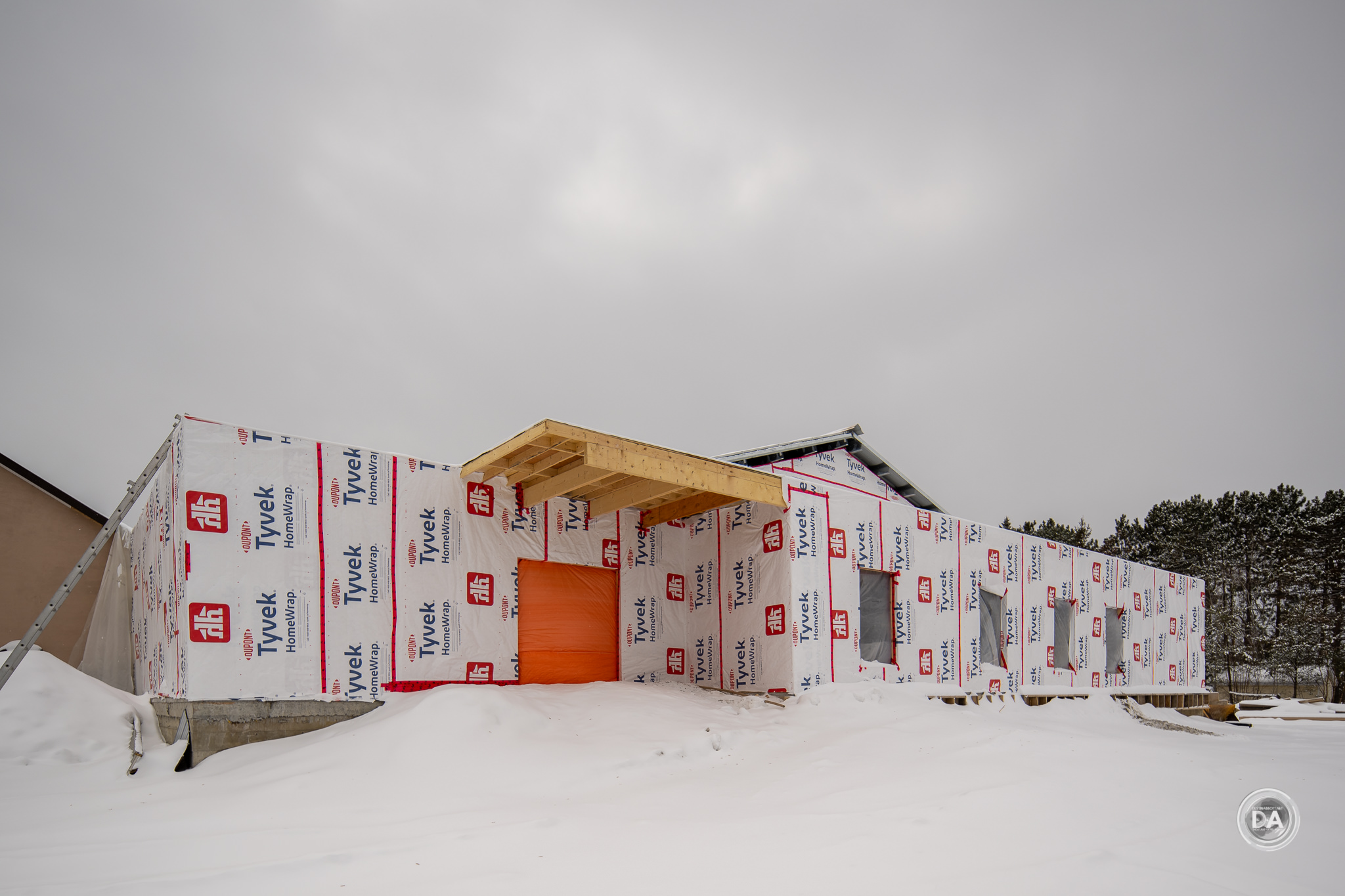

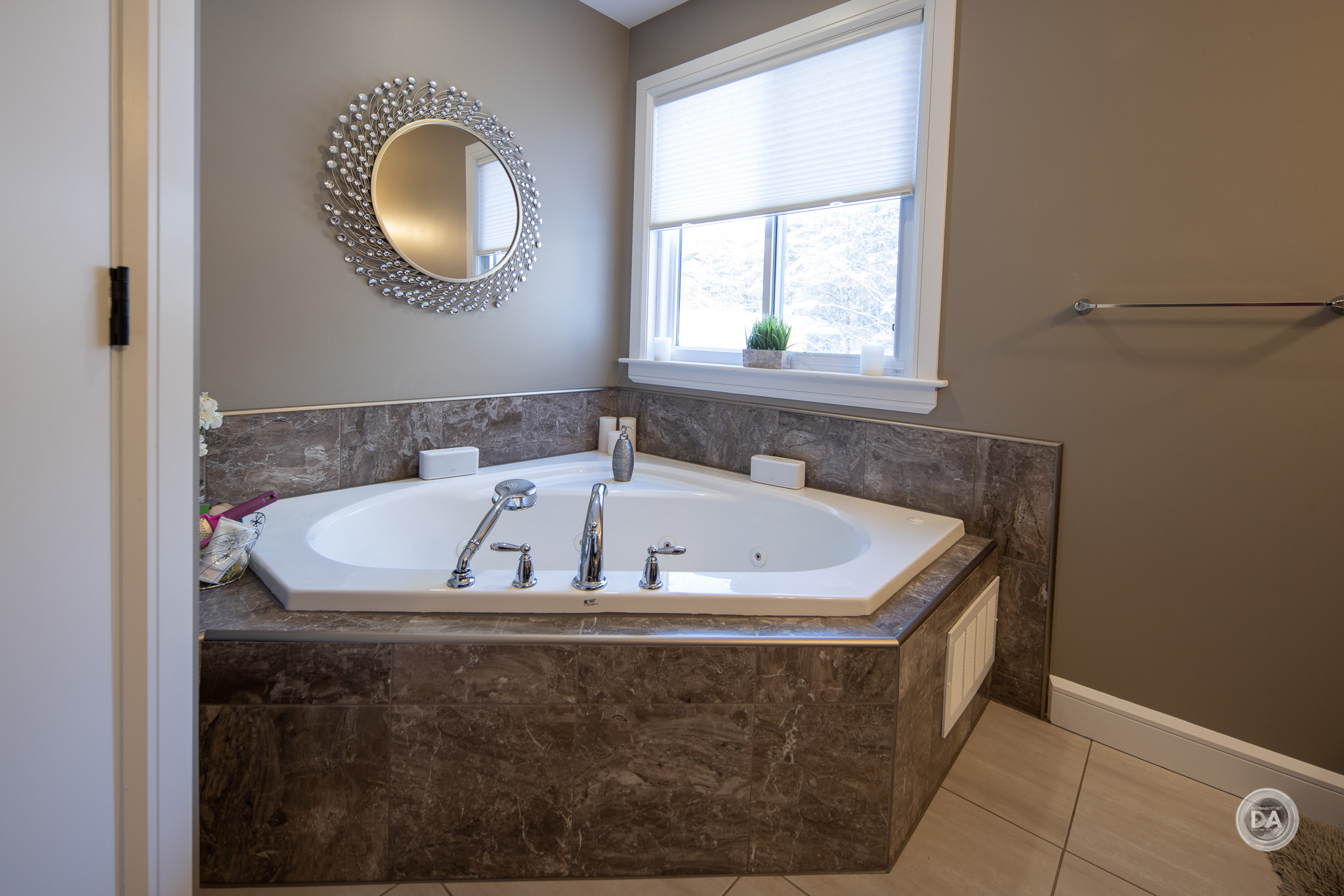

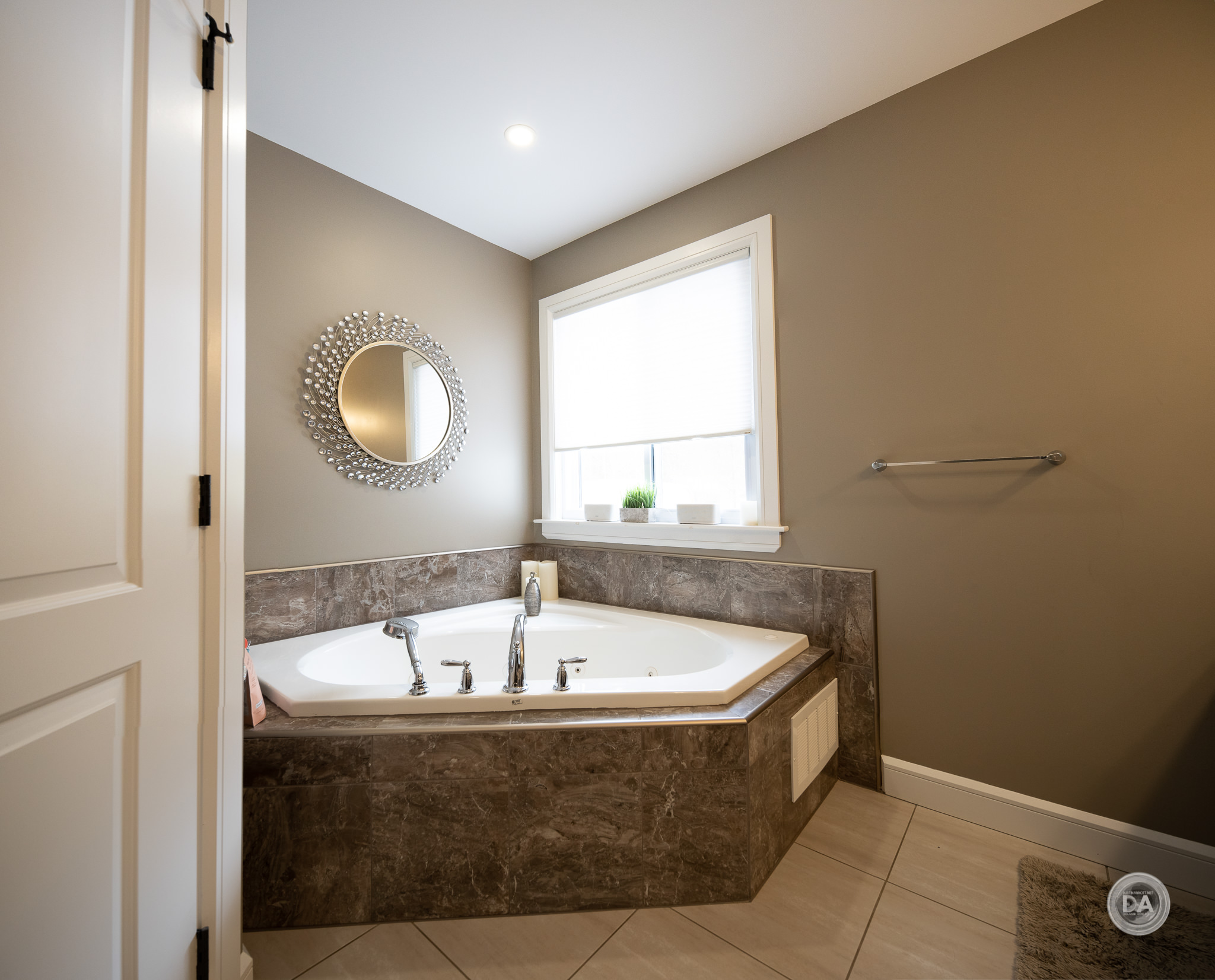
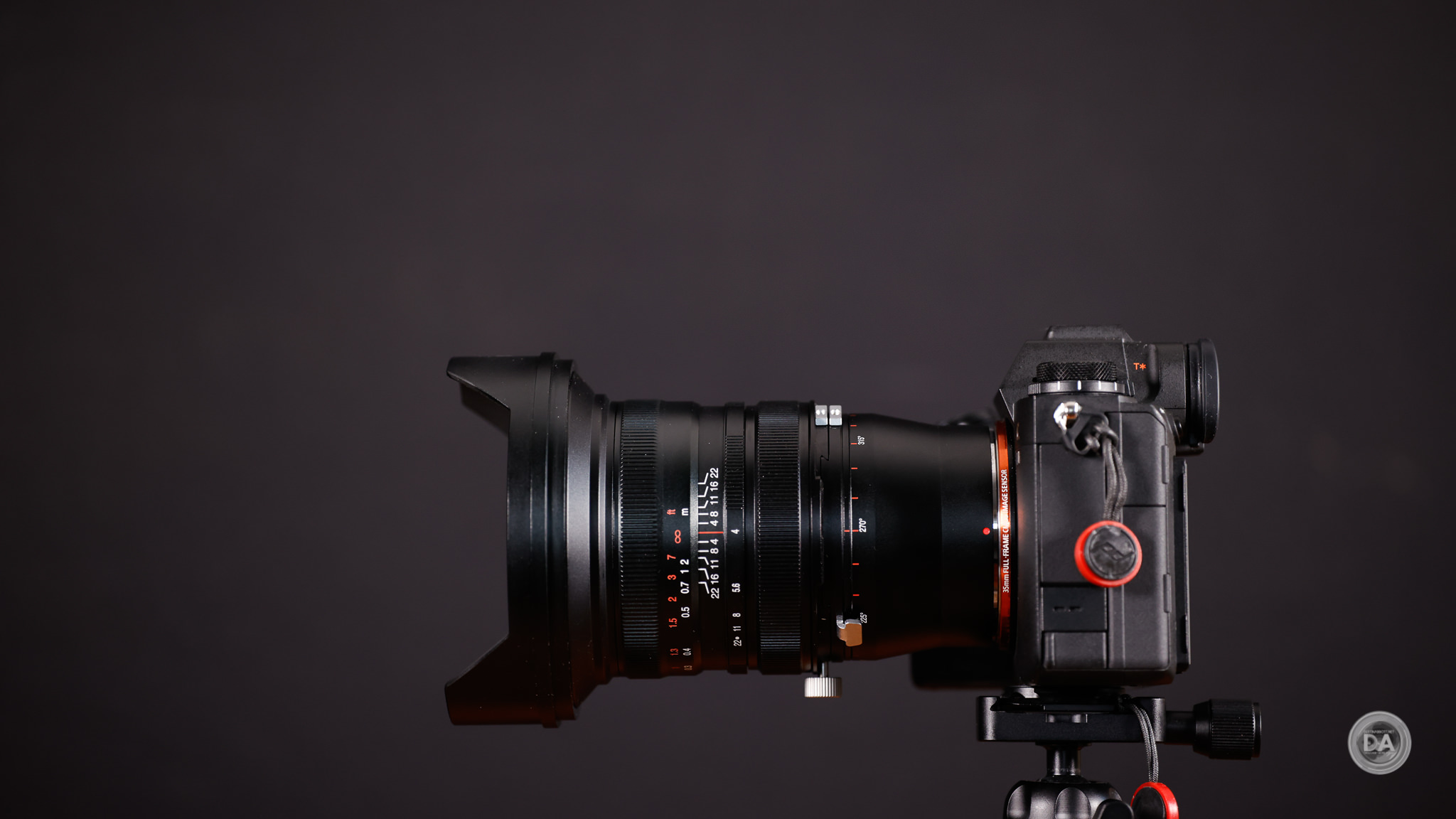
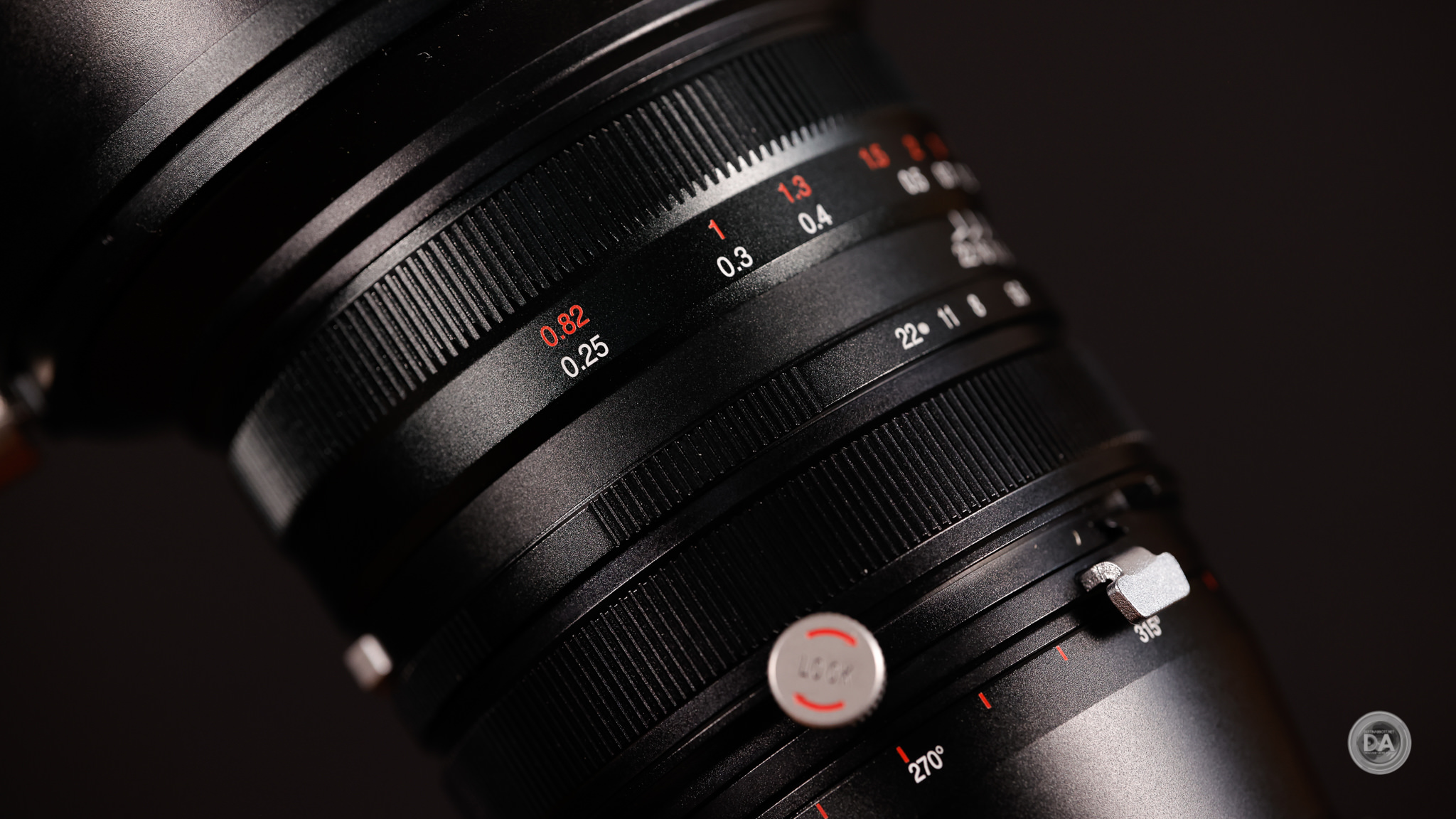
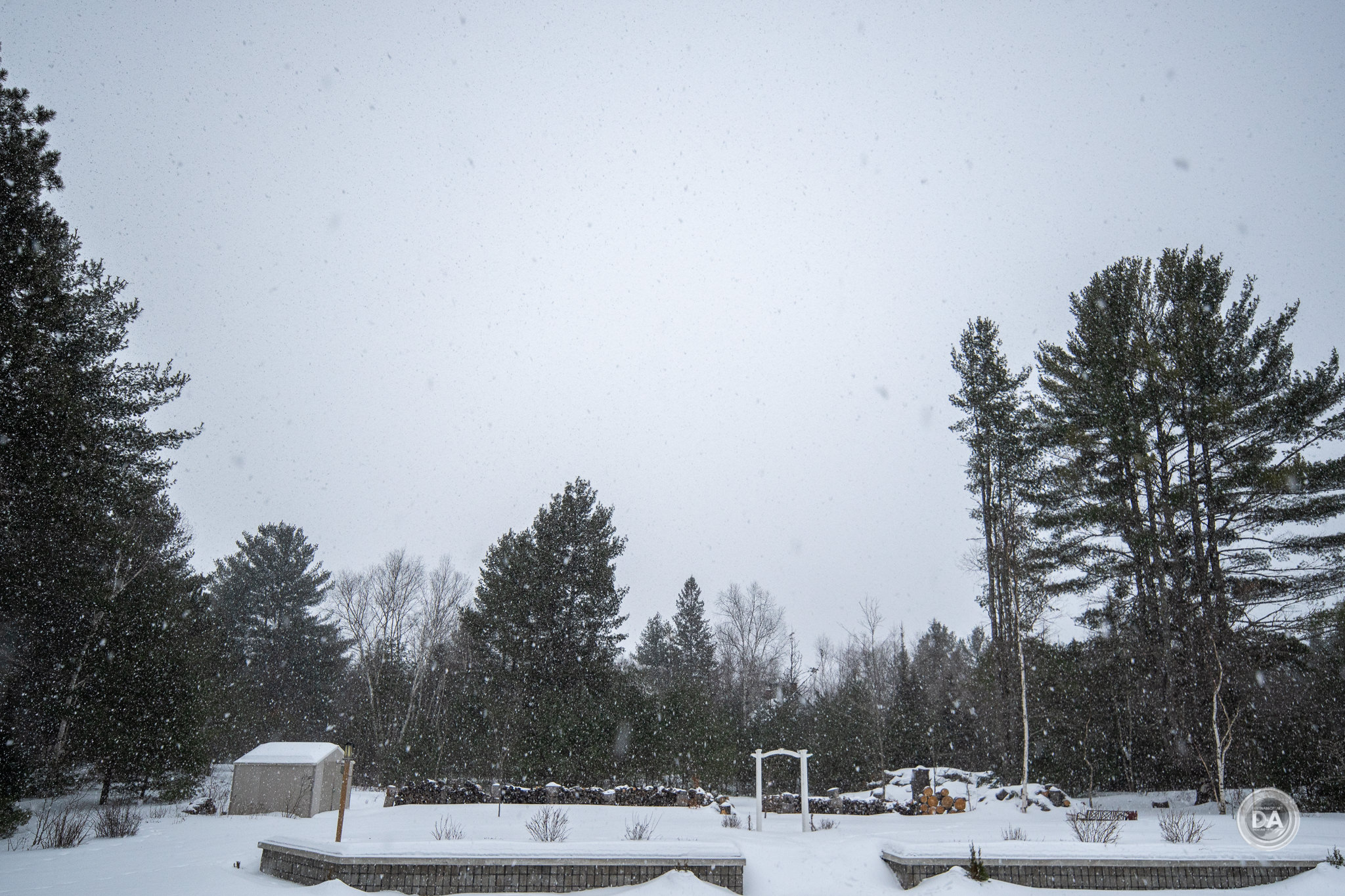

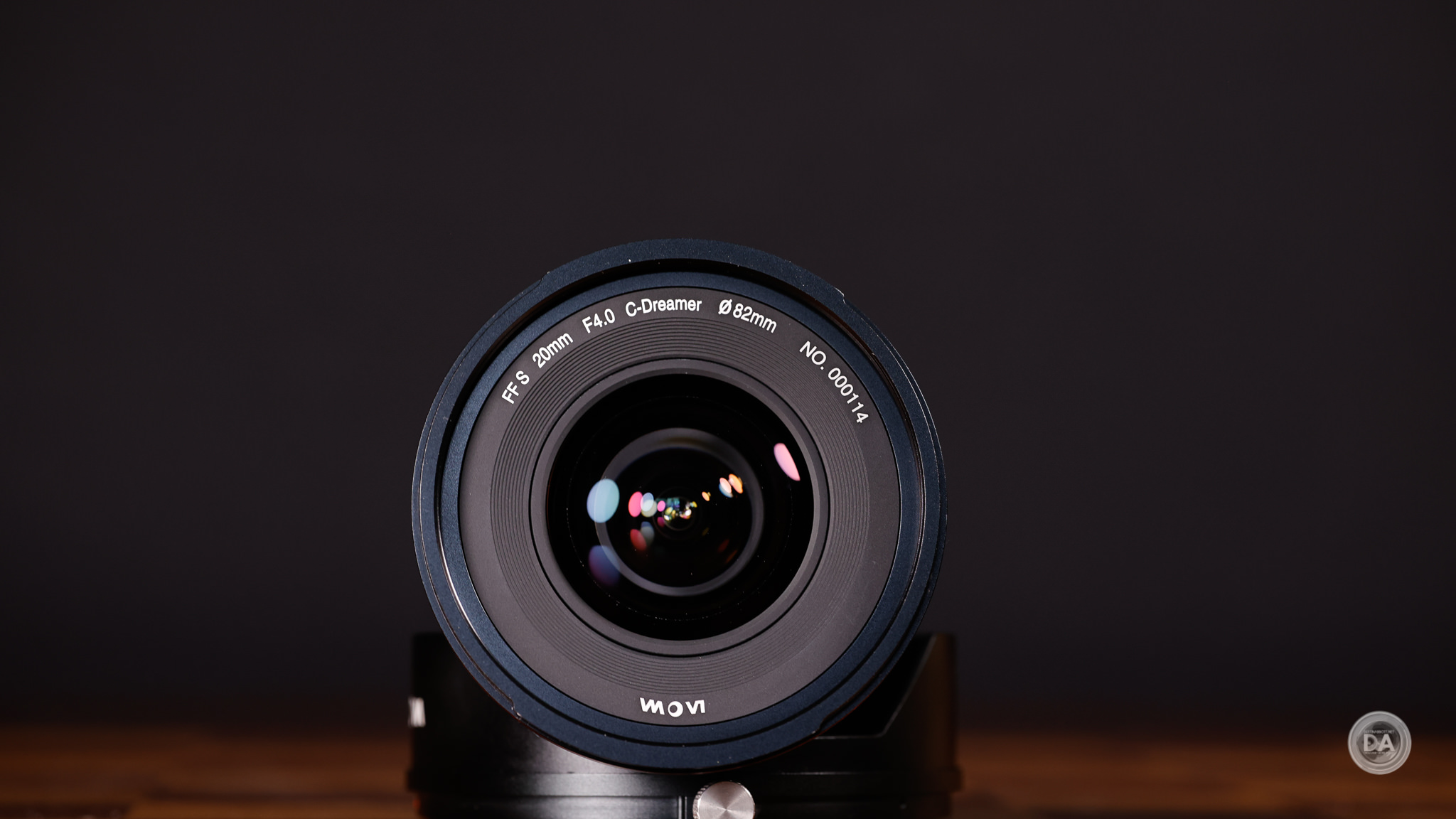
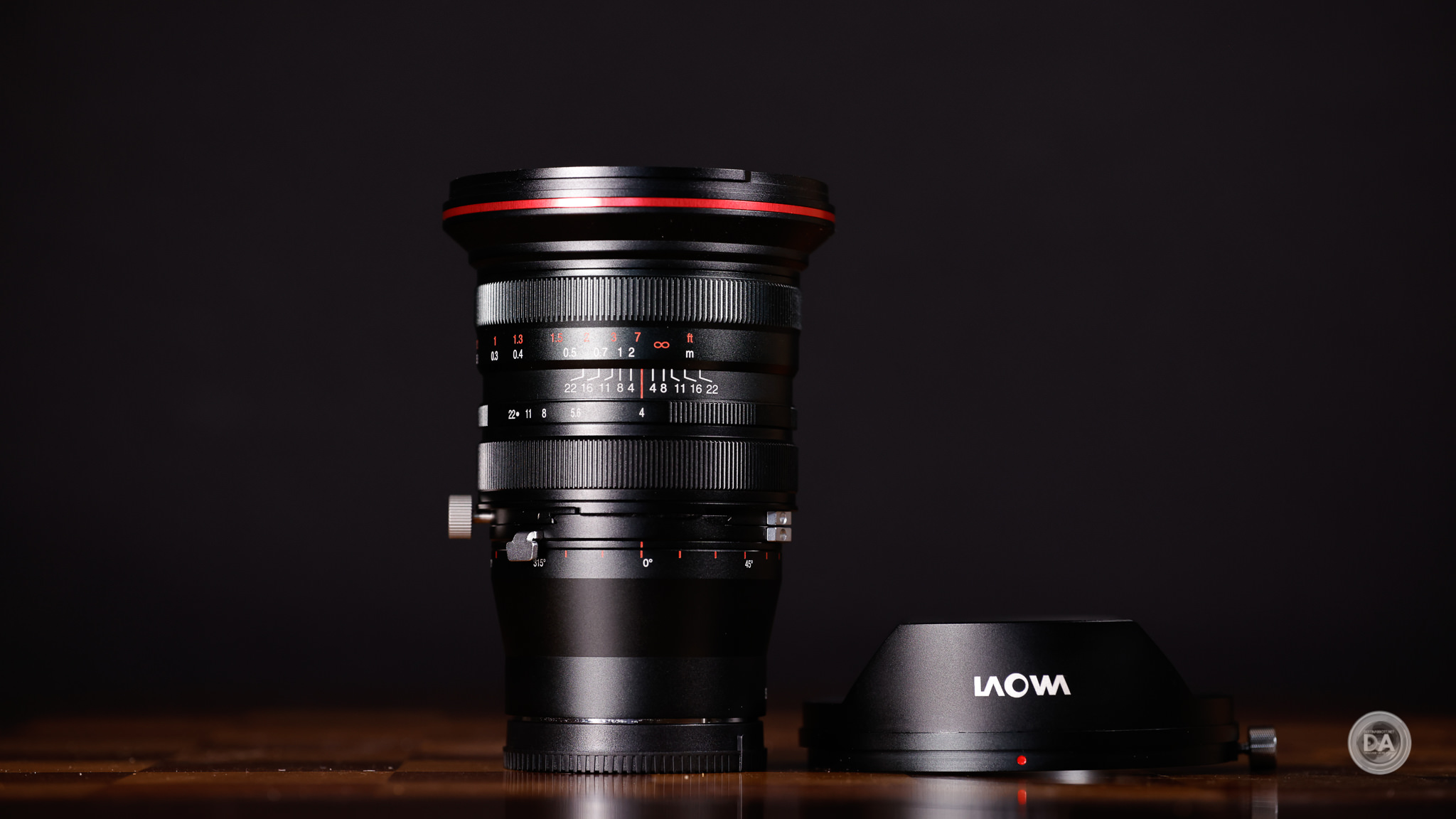

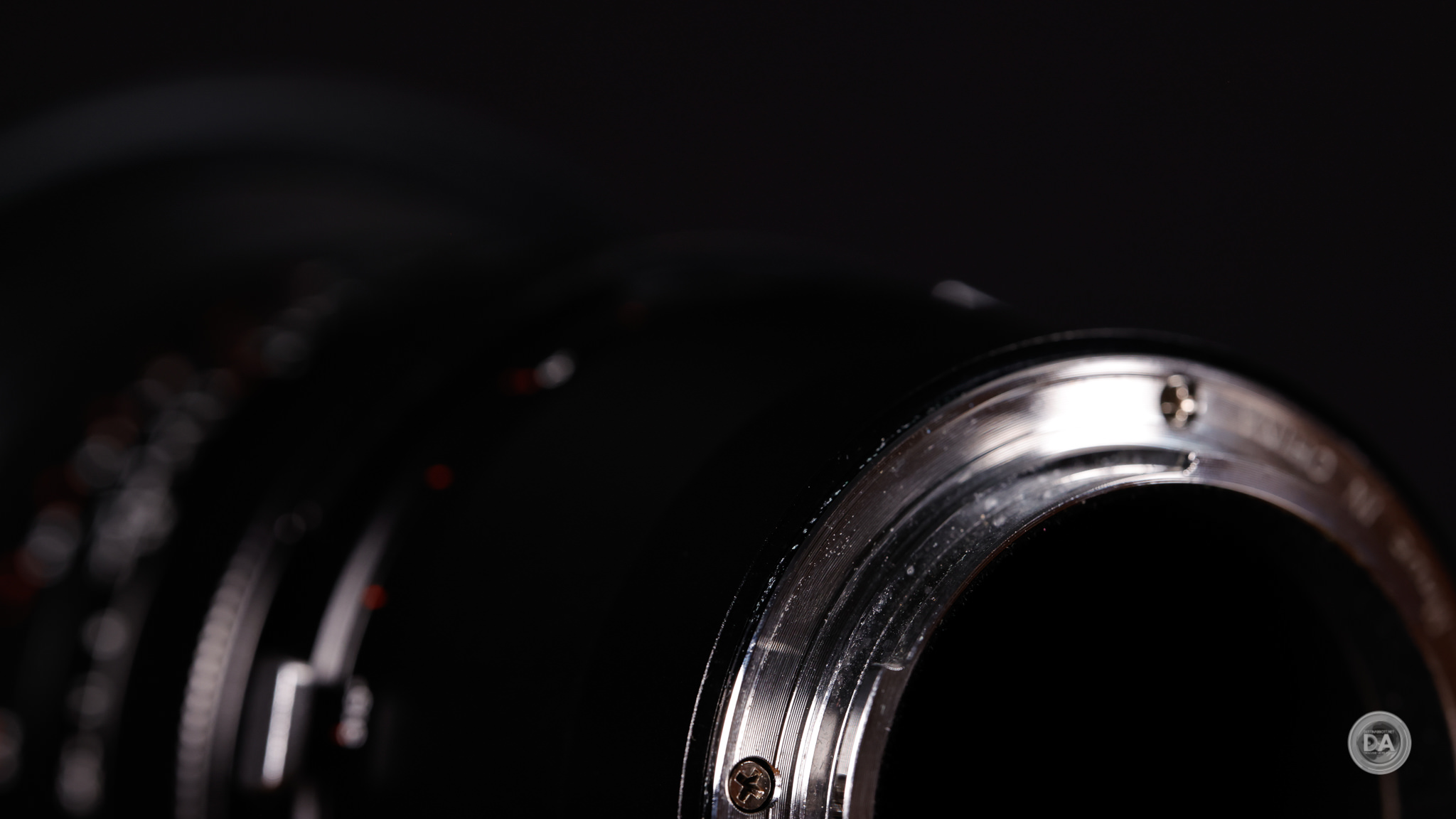
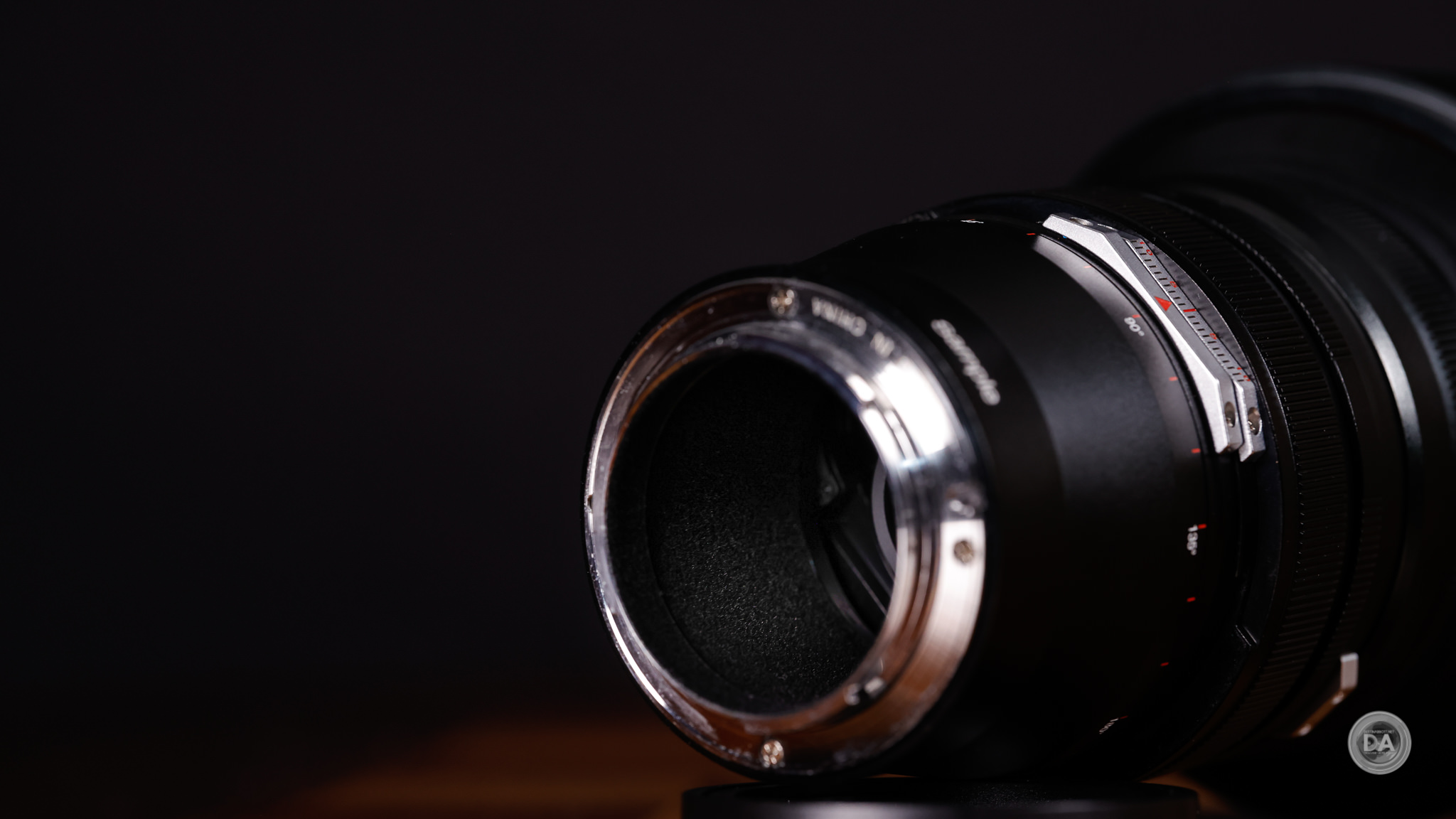

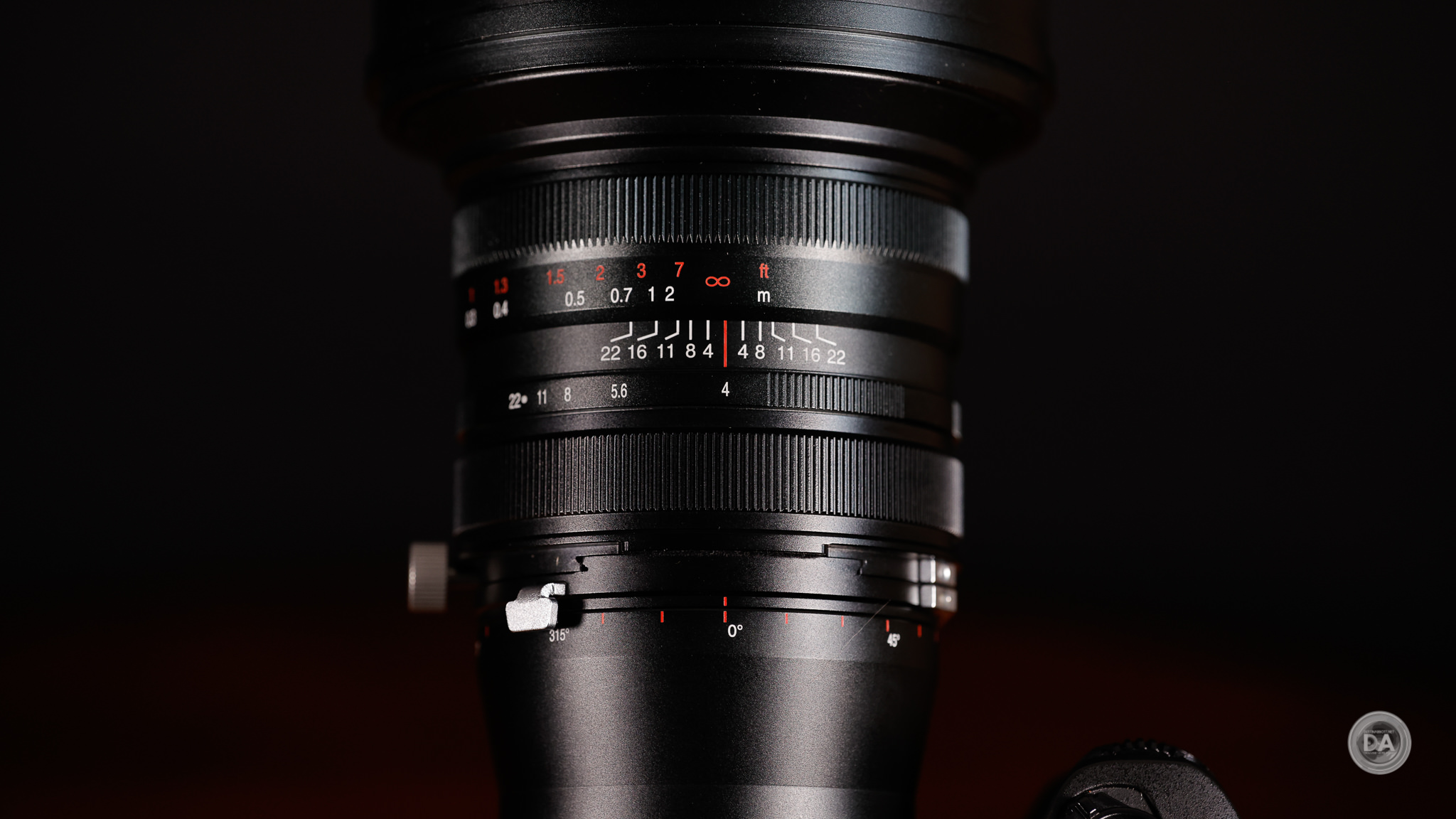

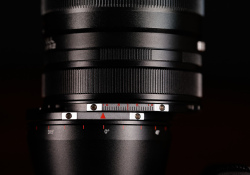
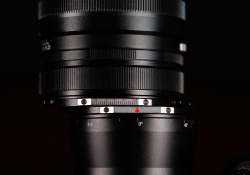

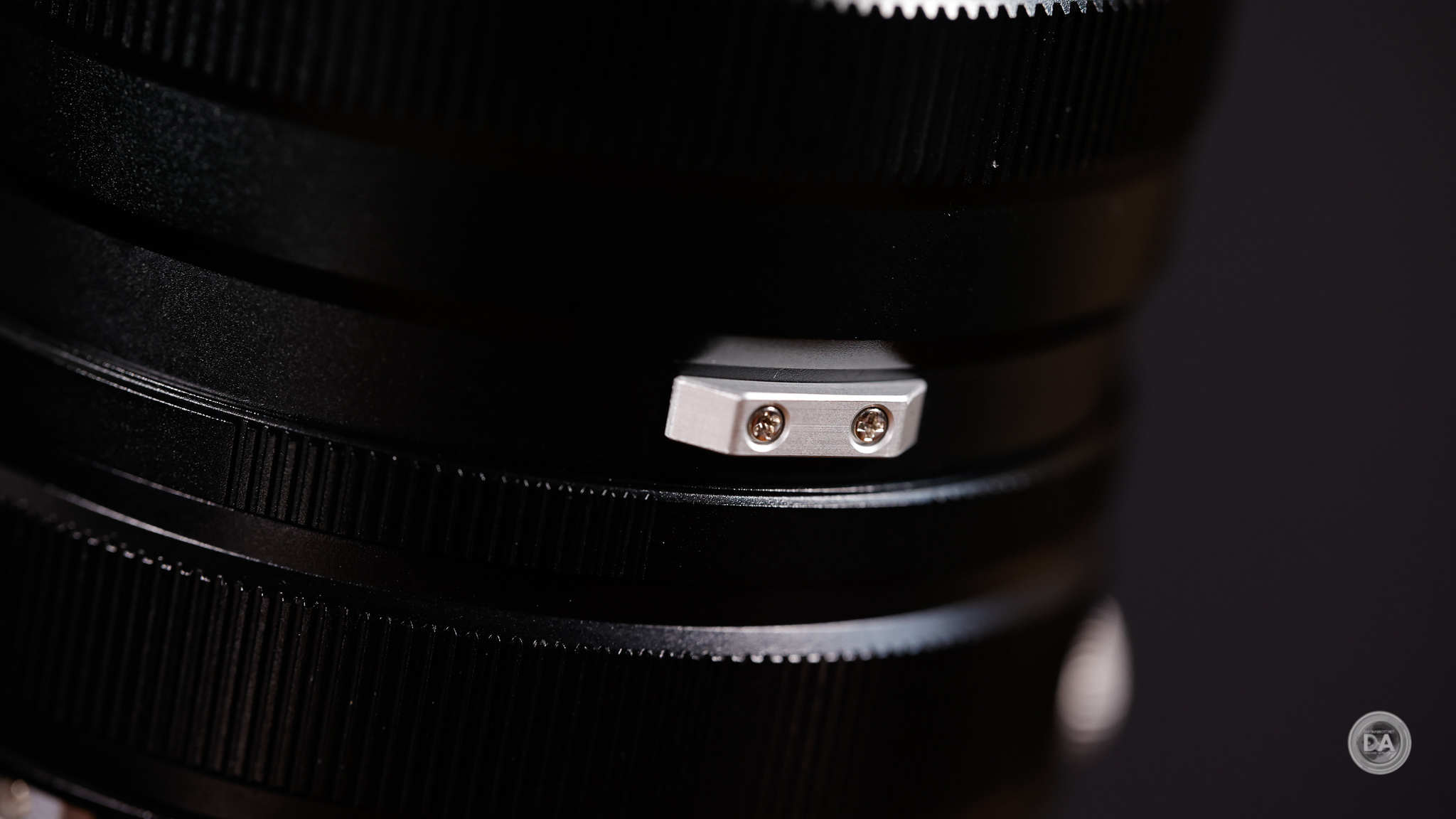
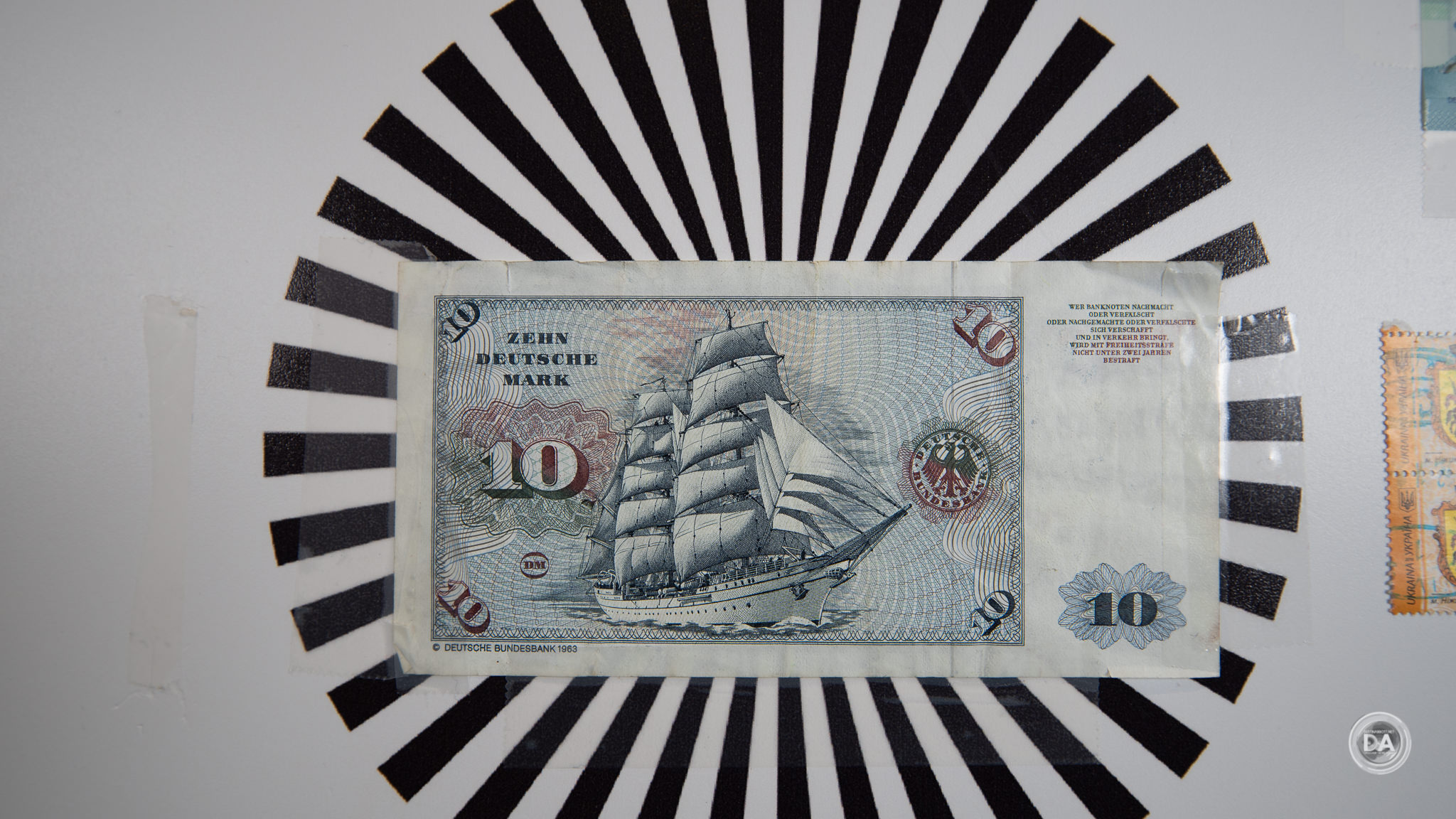
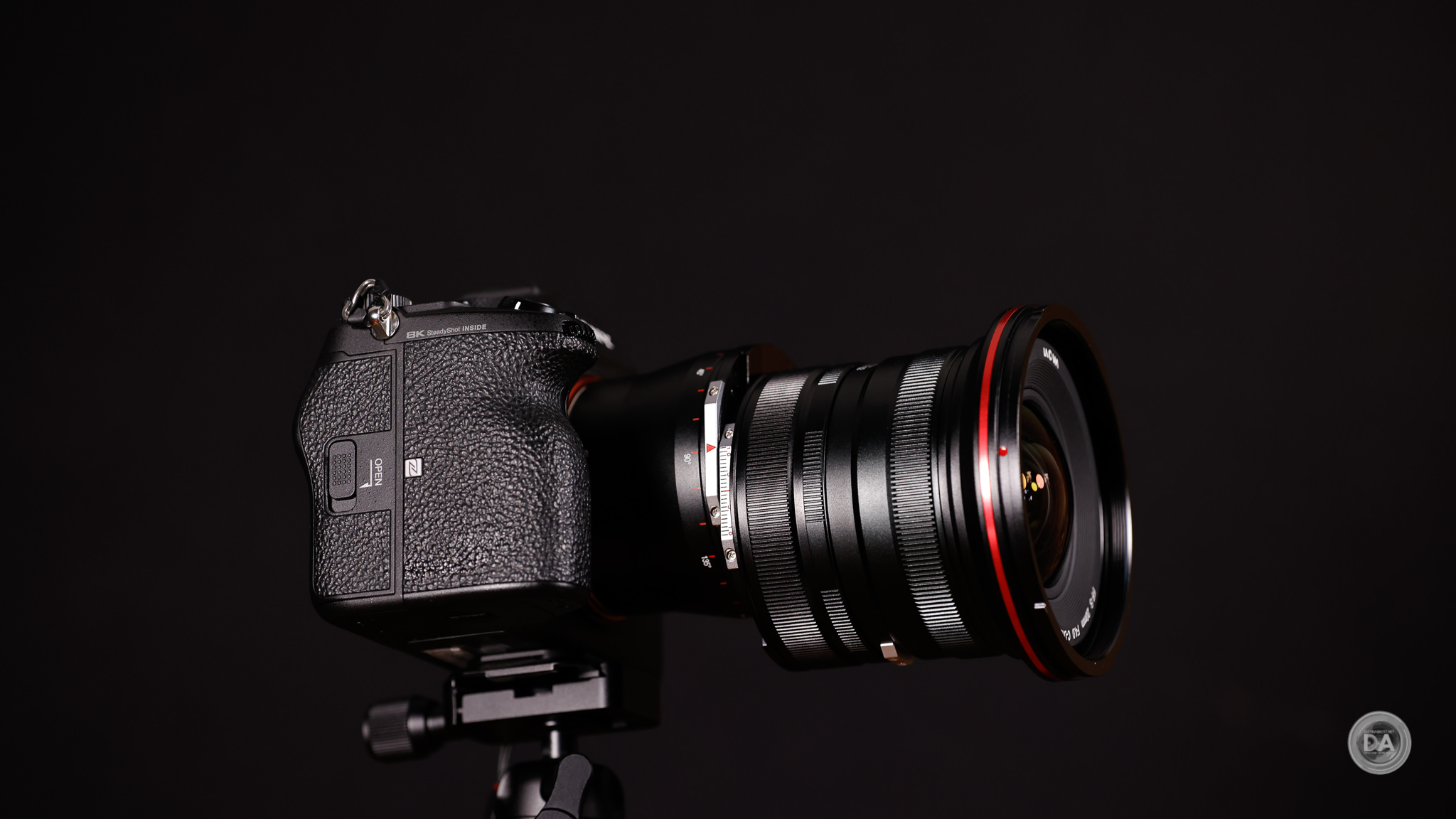
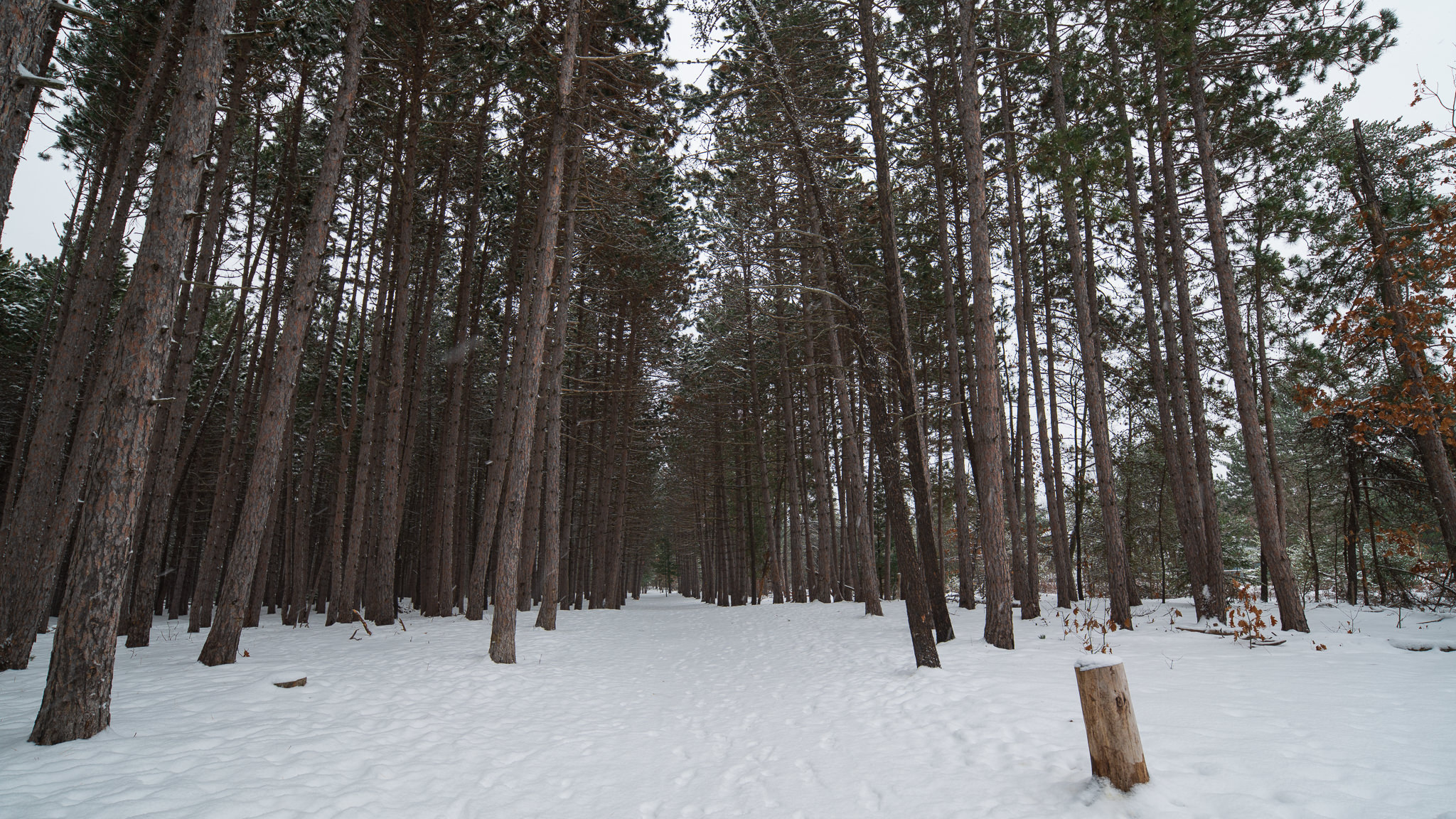
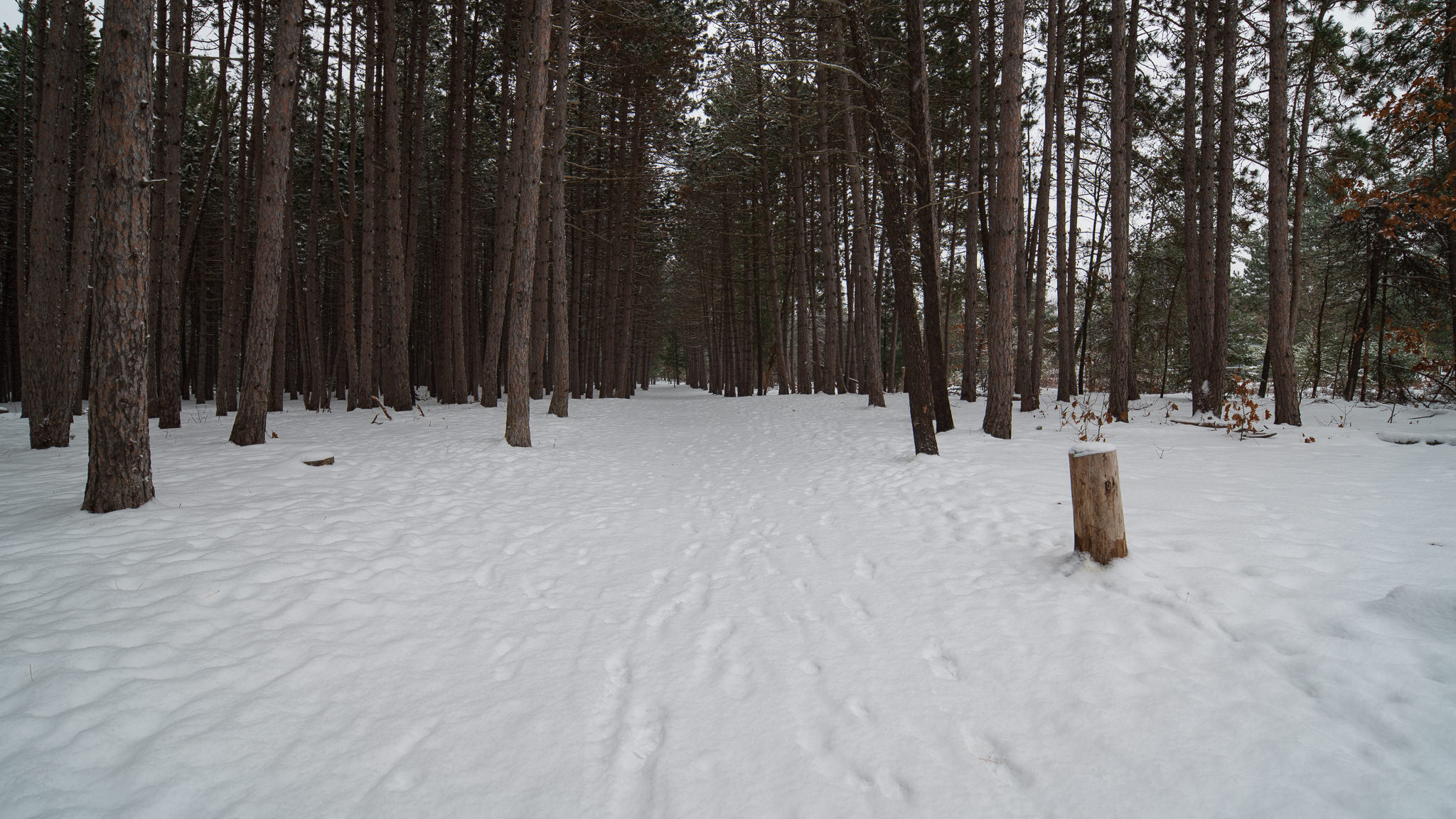

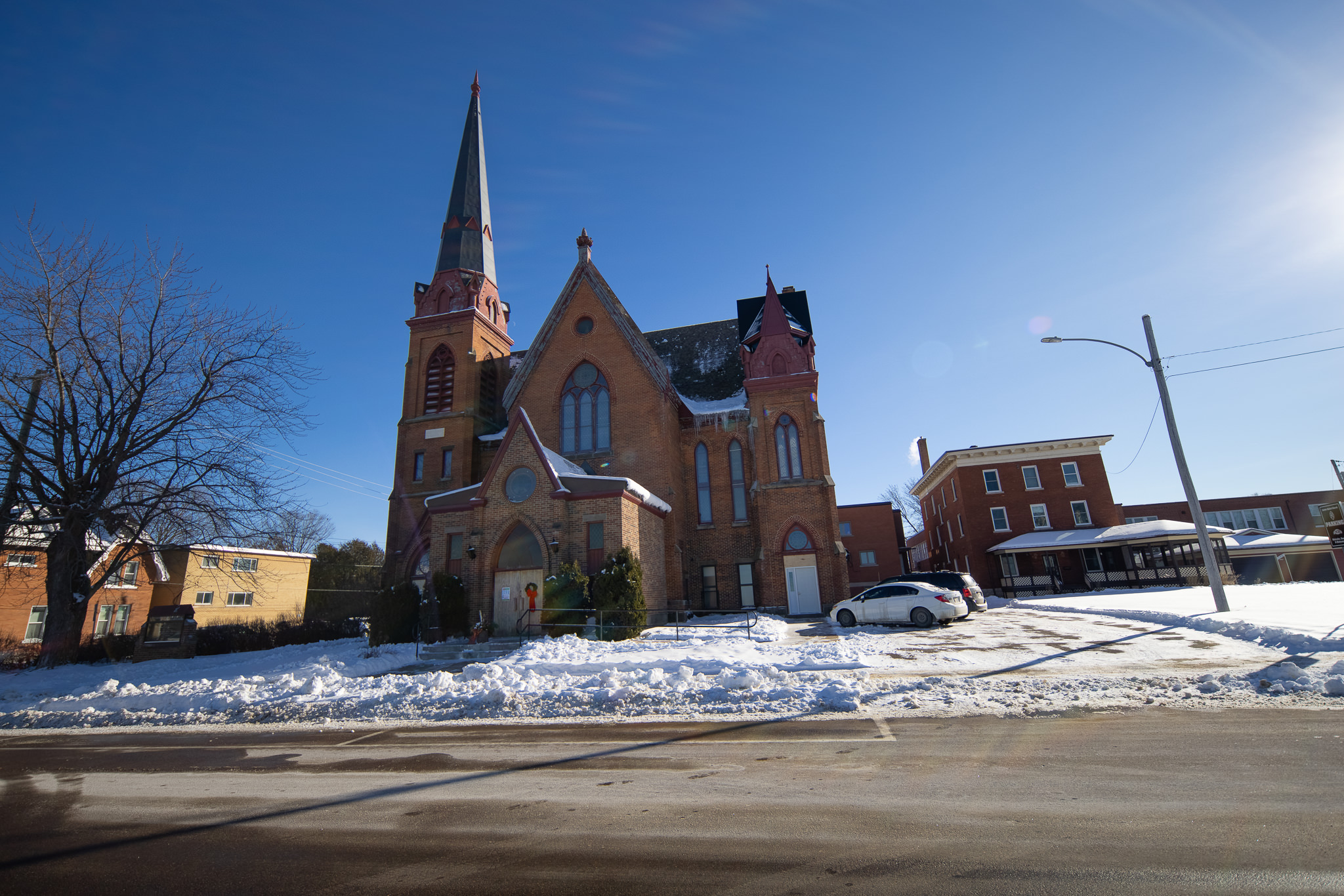


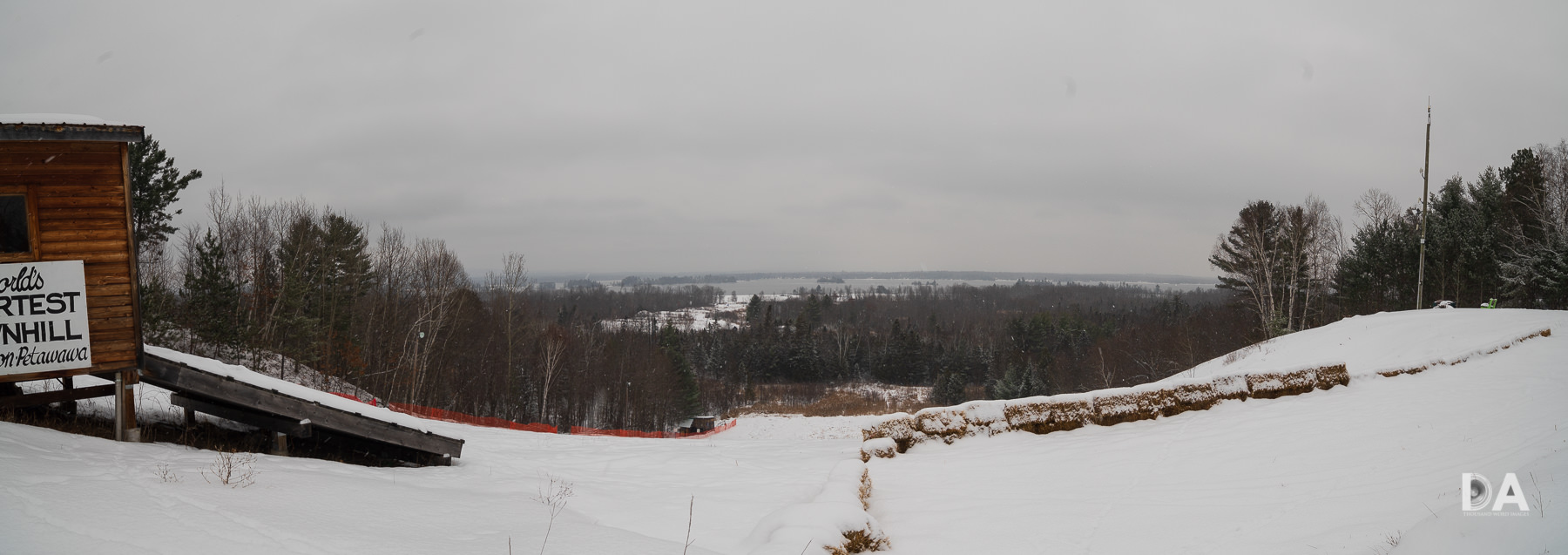
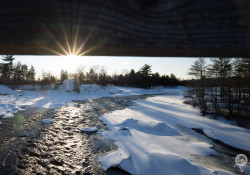
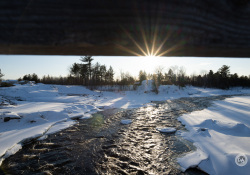
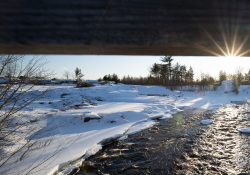
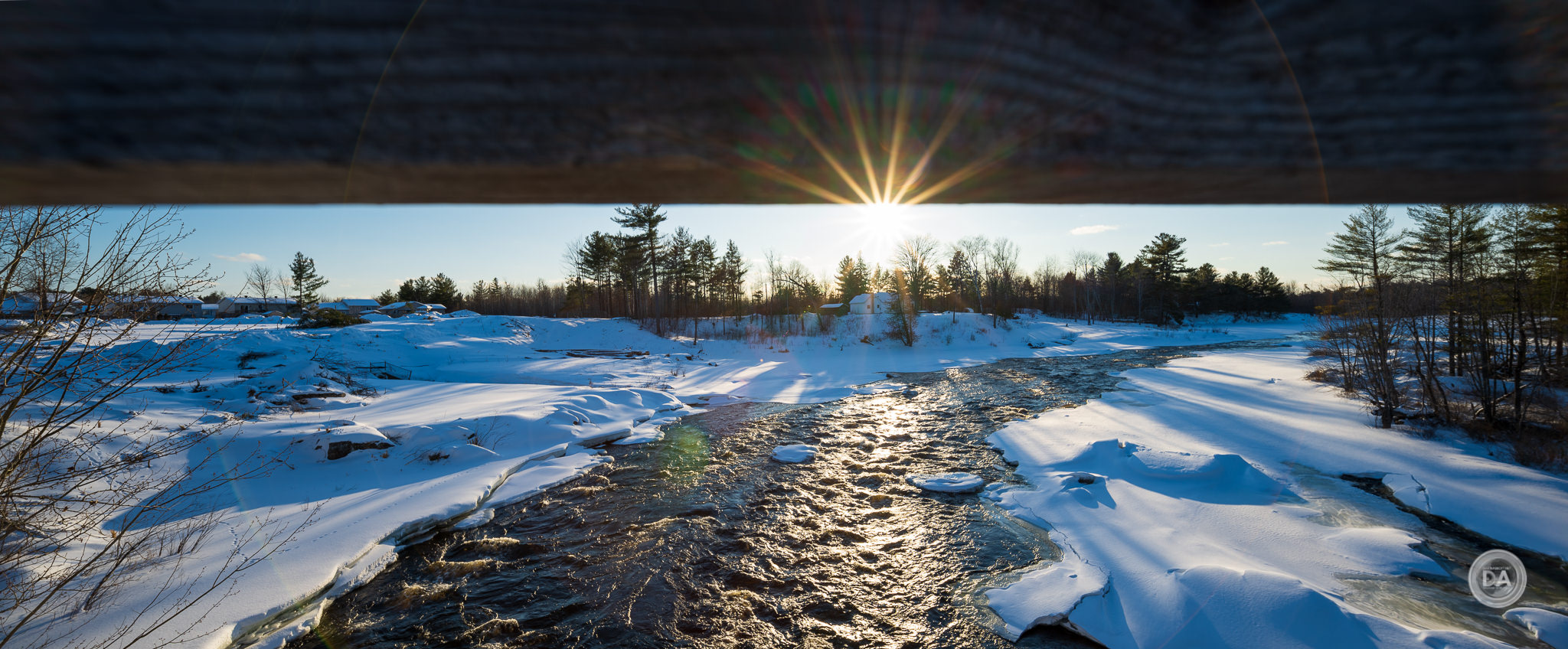


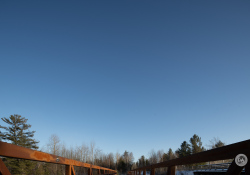
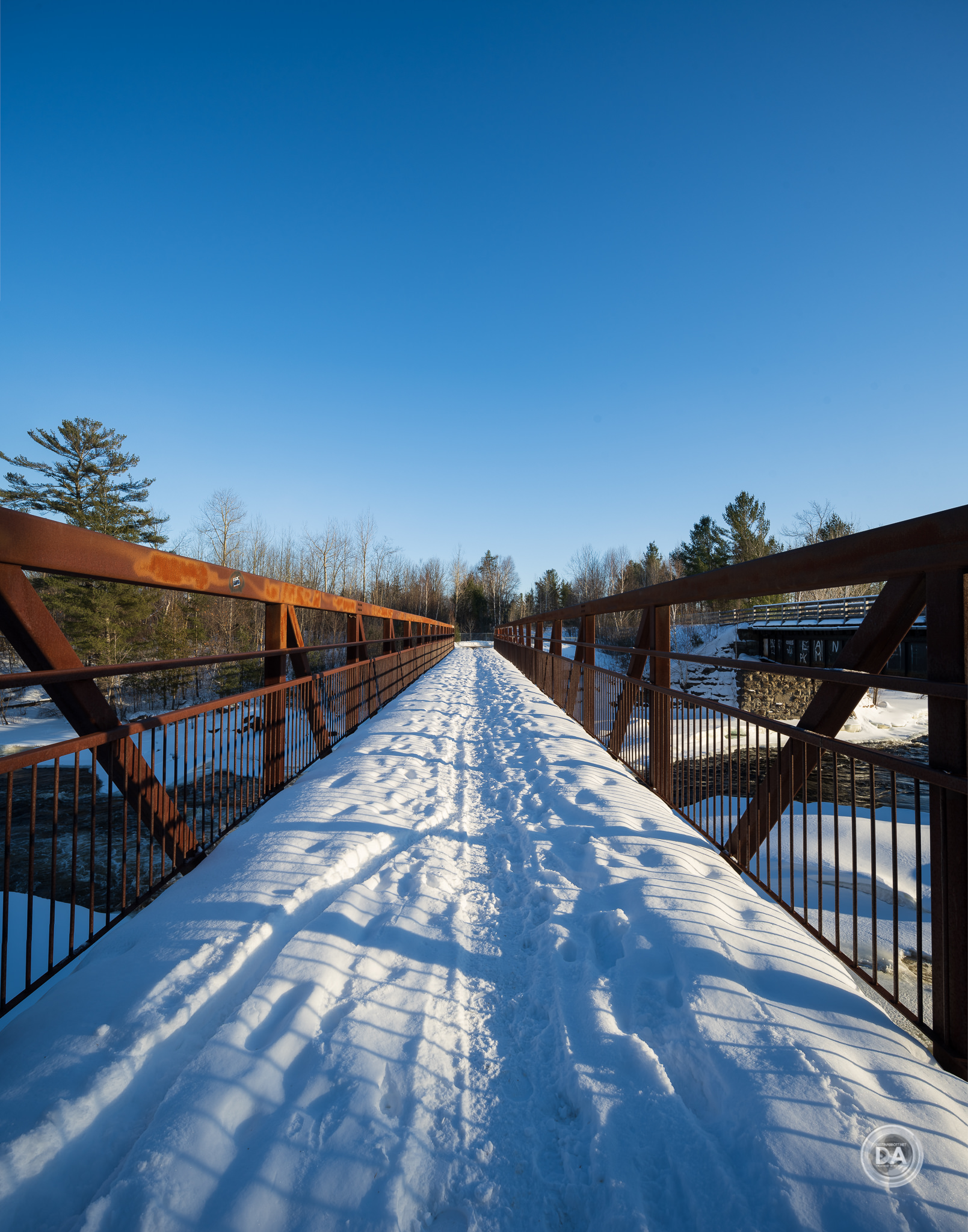


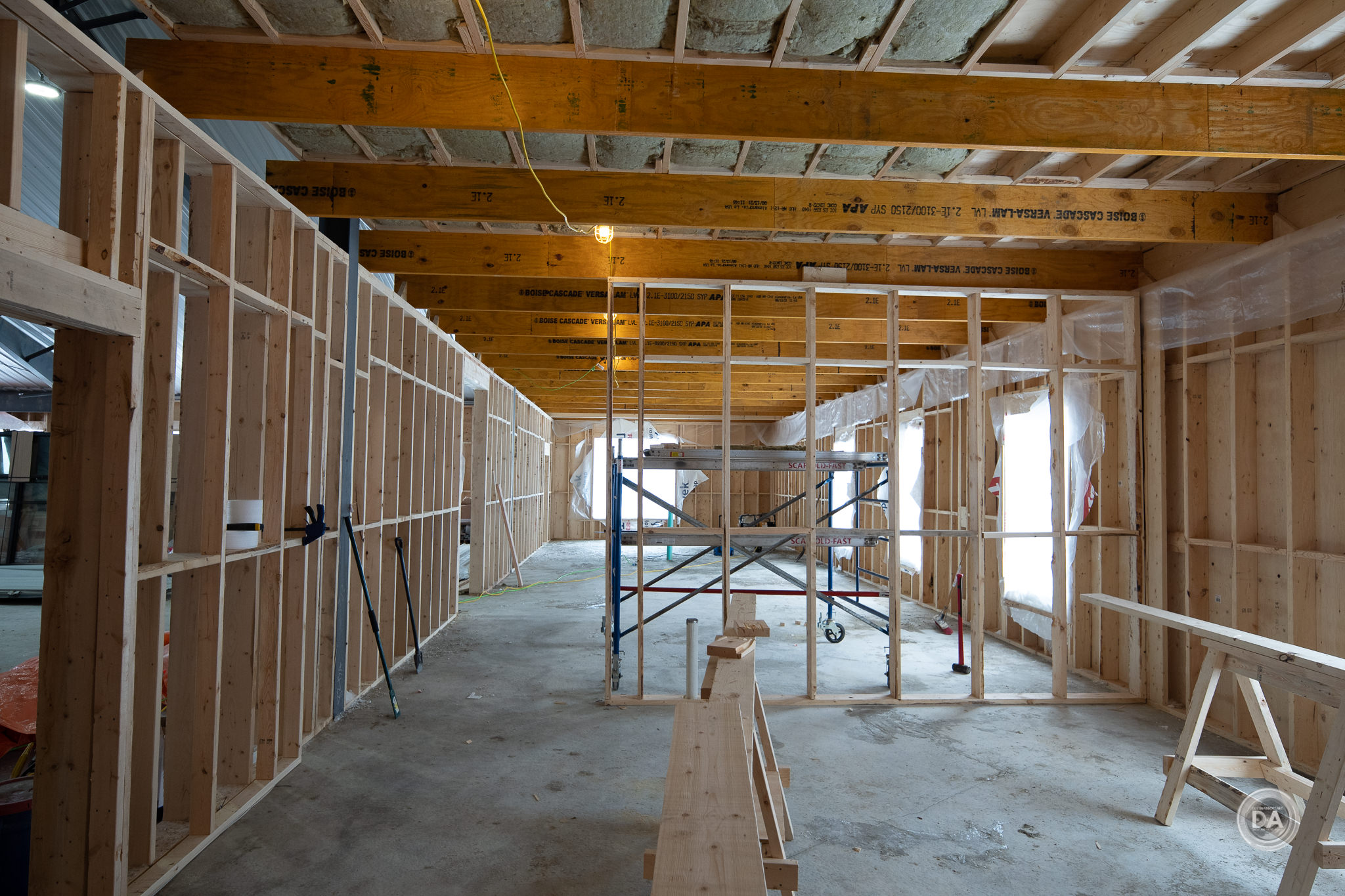
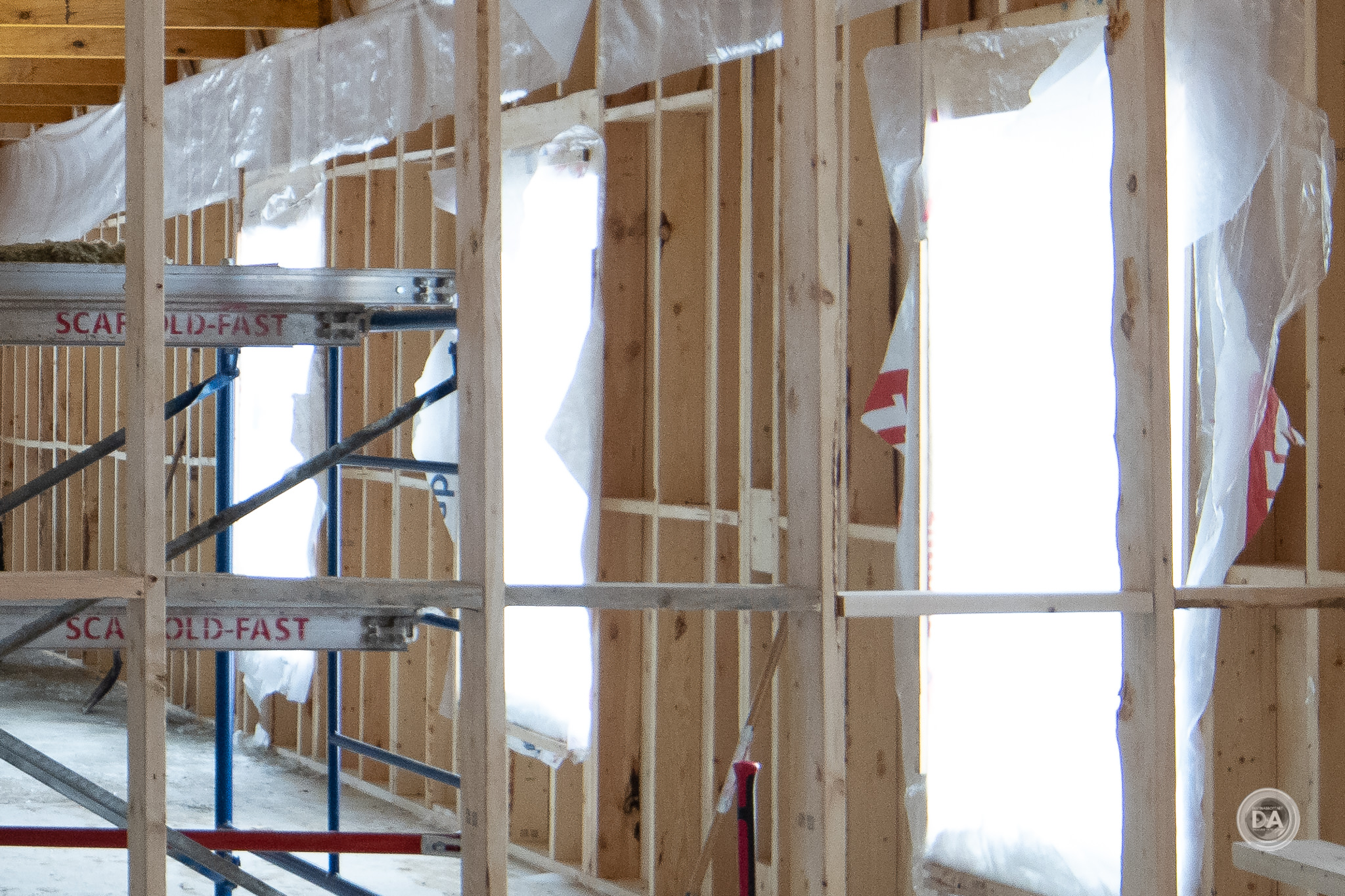







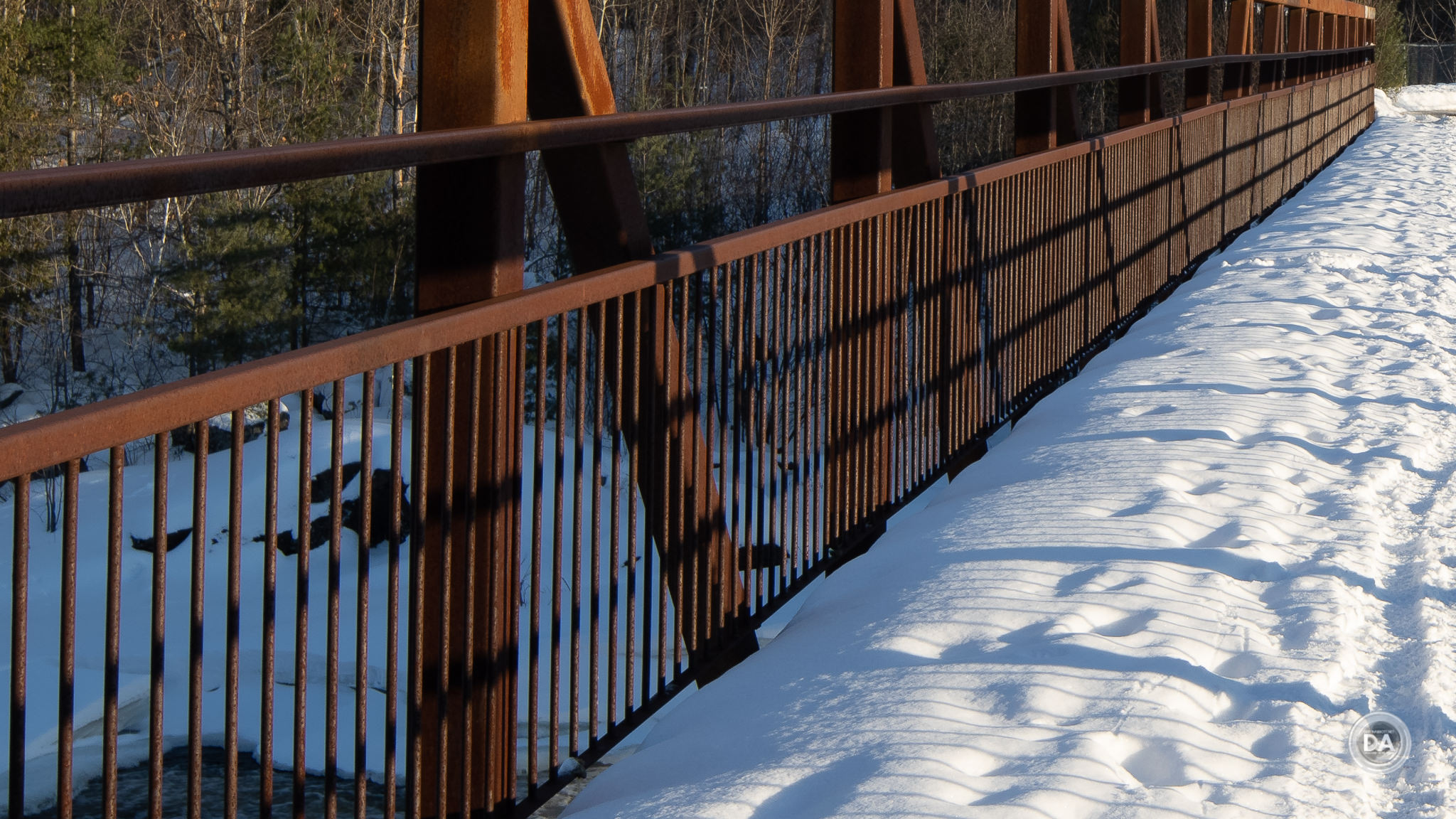
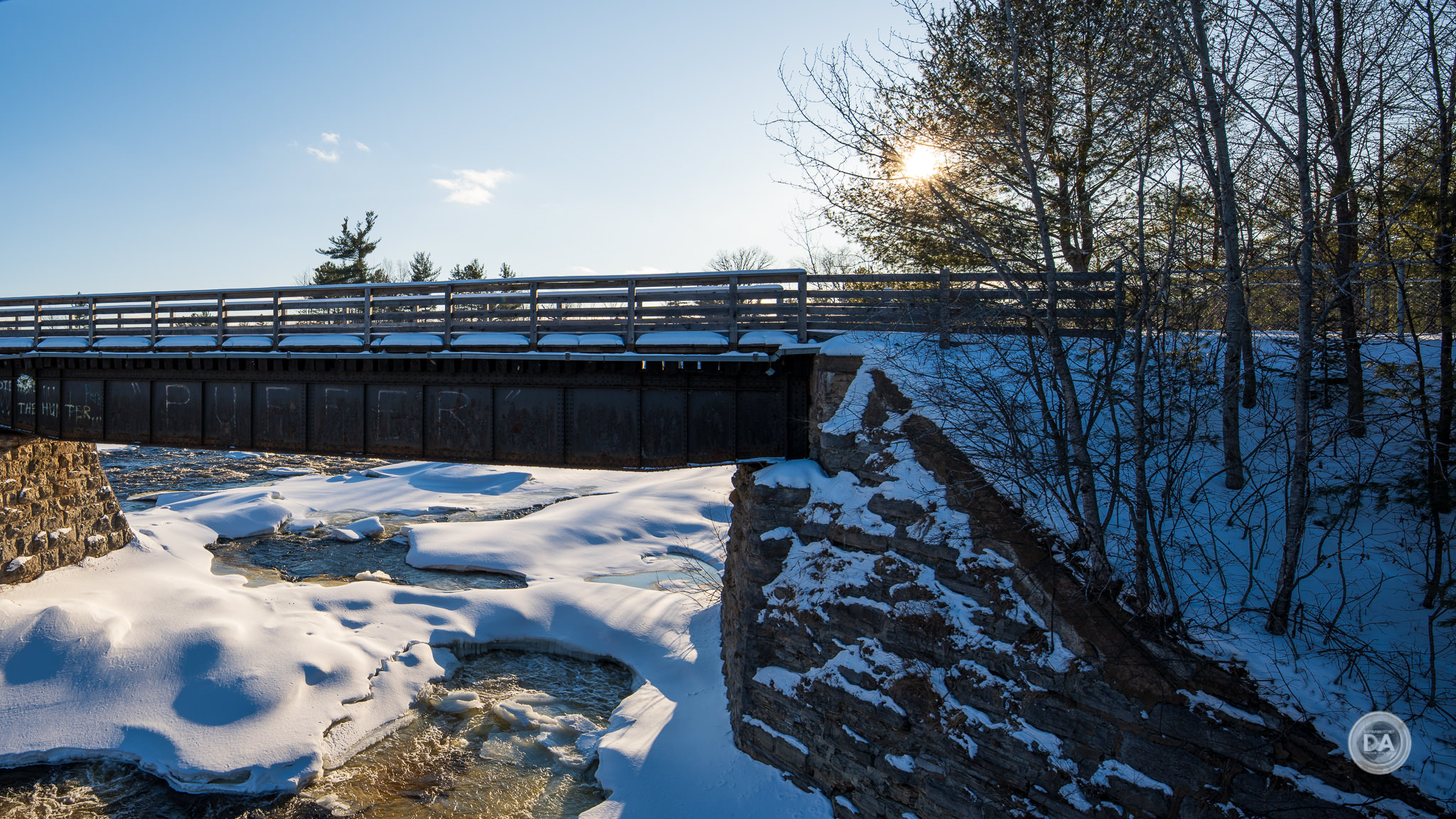
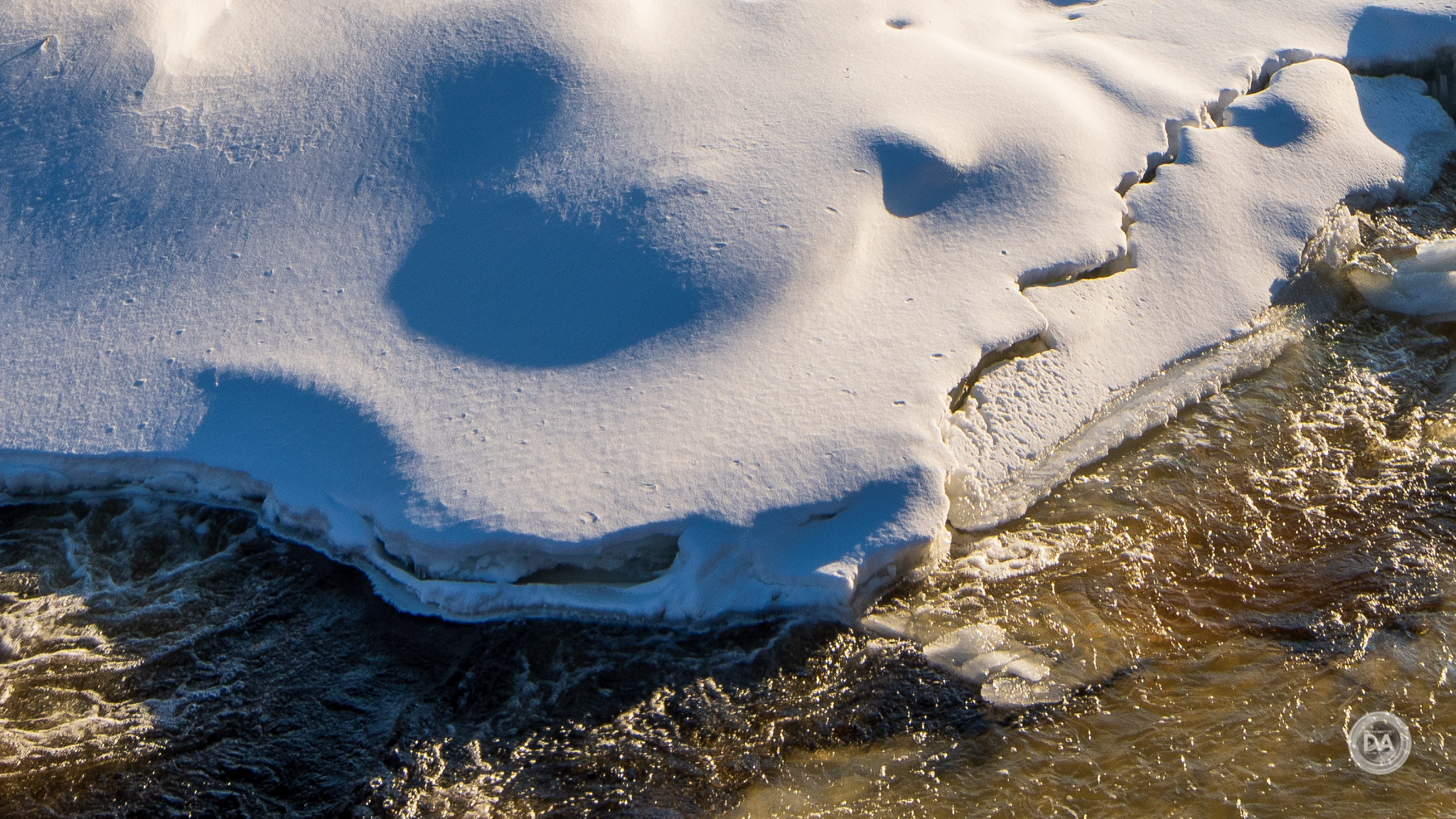
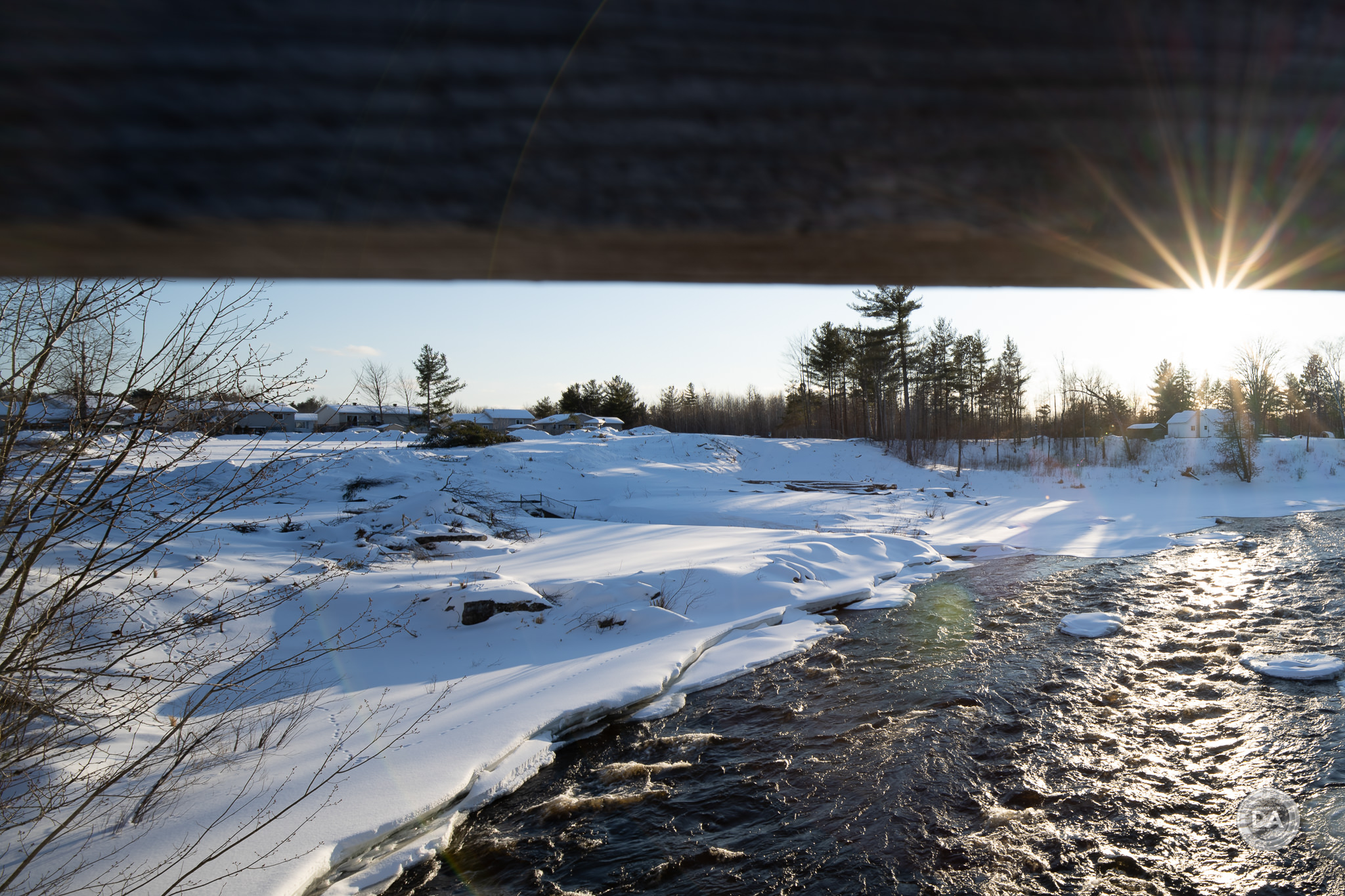



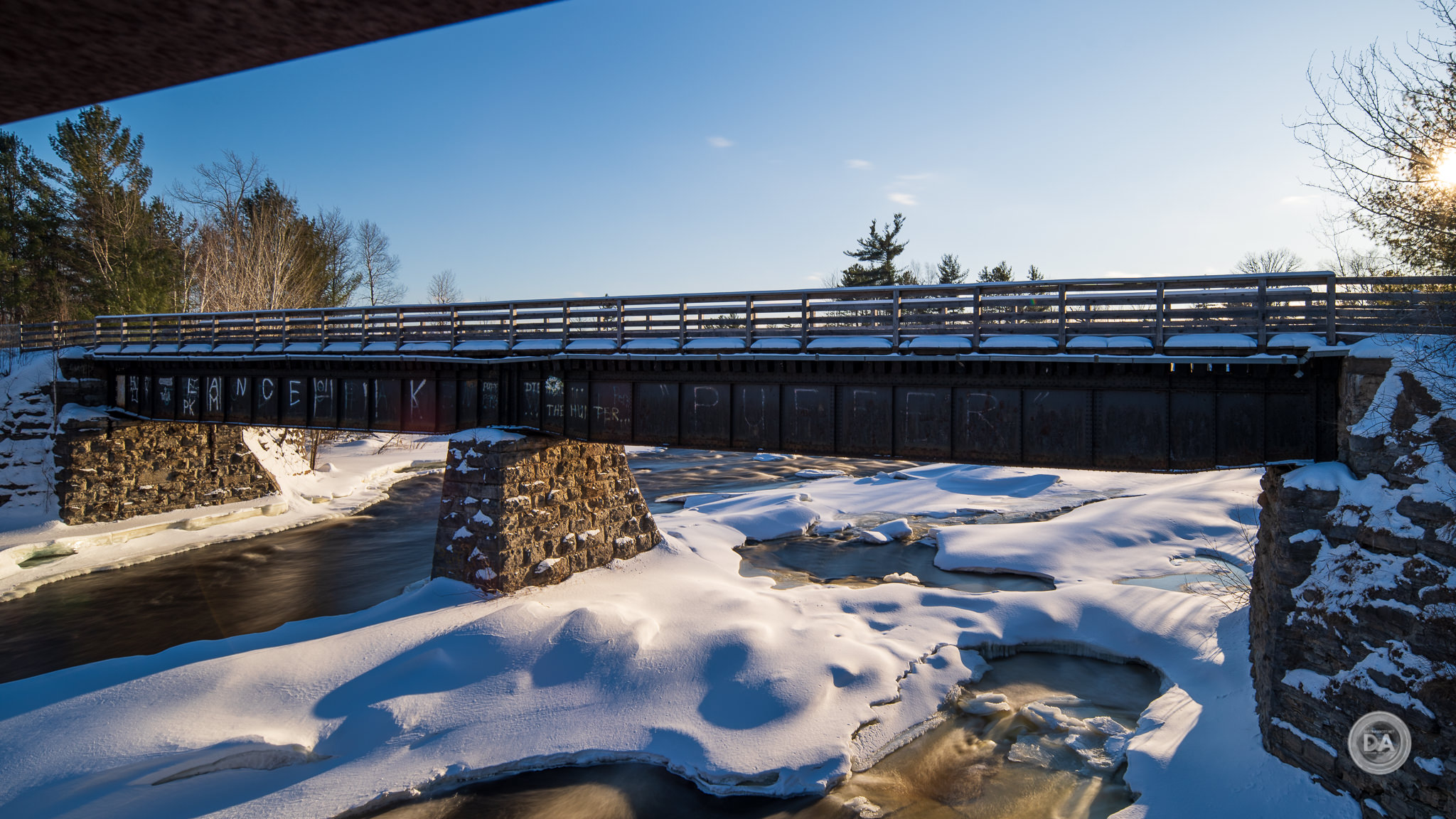




 Sirui Sniper 75mm F1.2 Review
Sirui Sniper 75mm F1.2 Review  Sirui Sniper 75mm F1.2 Gallery
Sirui Sniper 75mm F1.2 Gallery  Tamron 70-300mm F4.5-6.3 RXD Z-mount Review
Tamron 70-300mm F4.5-6.3 RXD Z-mount Review  Nikkor Z 40mm F2 Review
Nikkor Z 40mm F2 Review 





